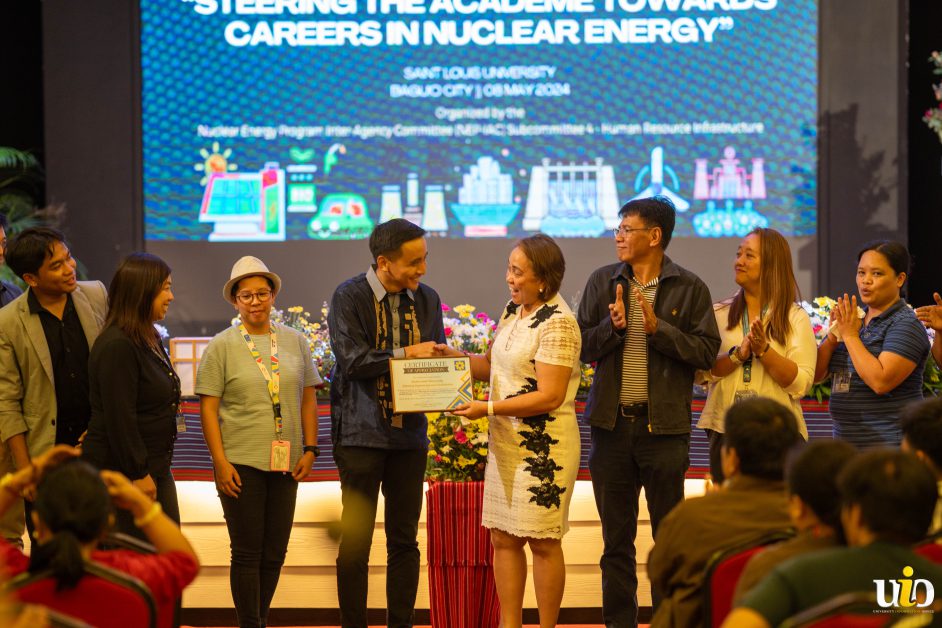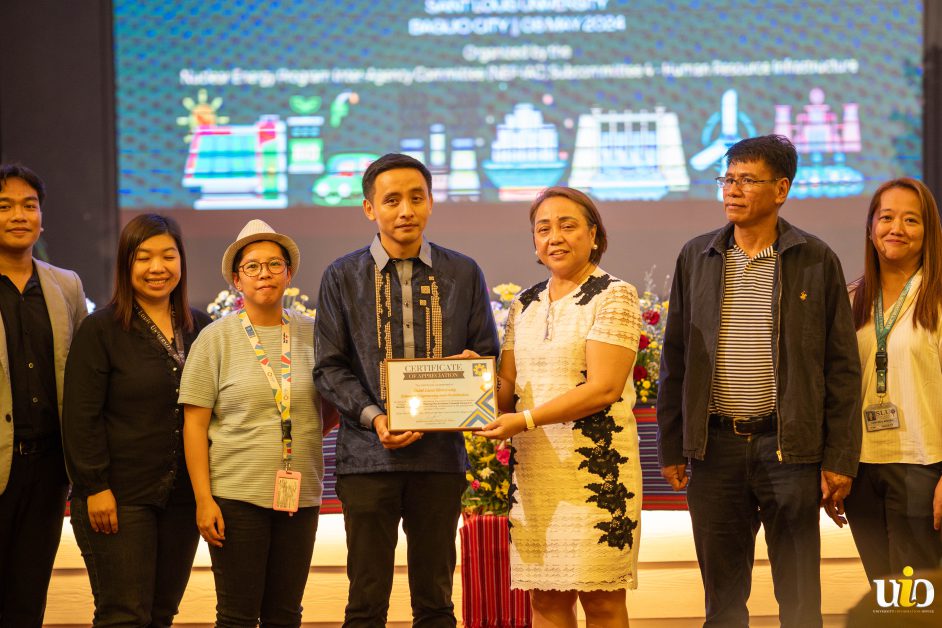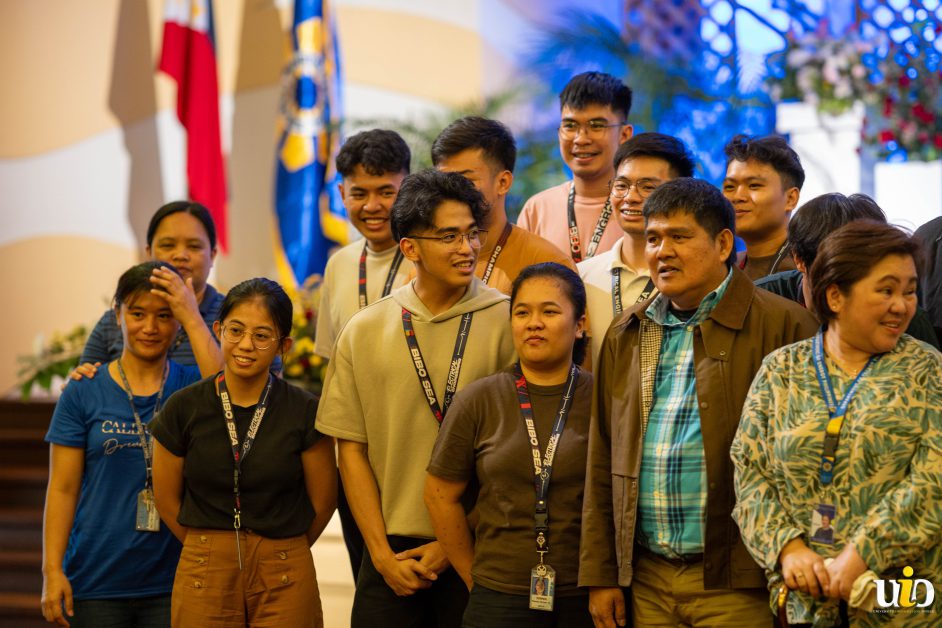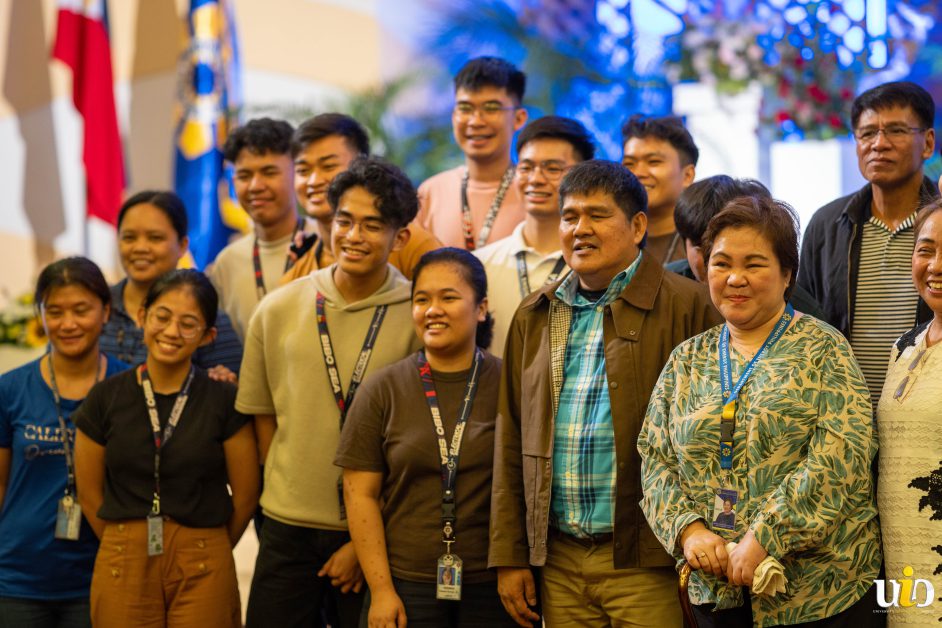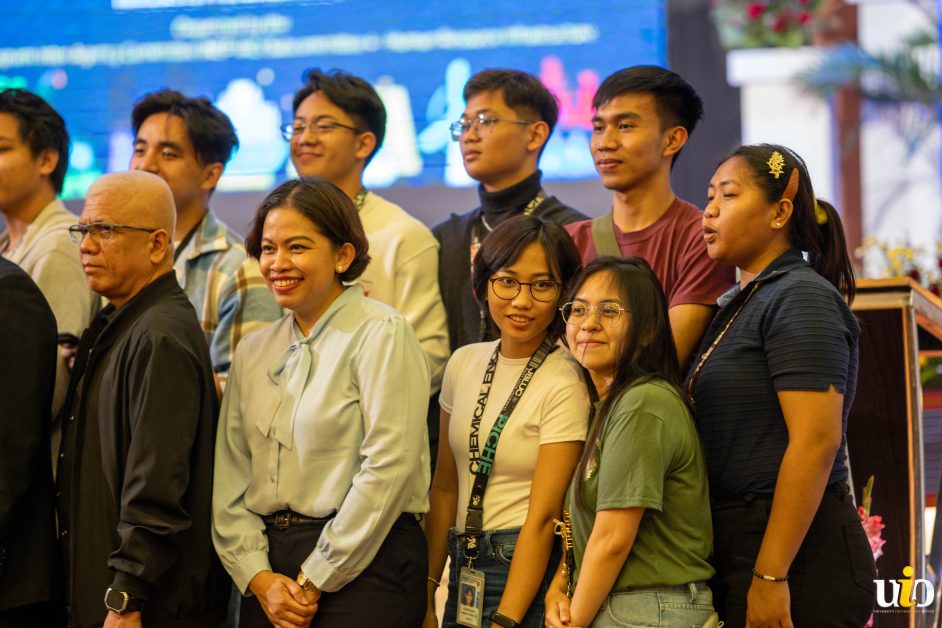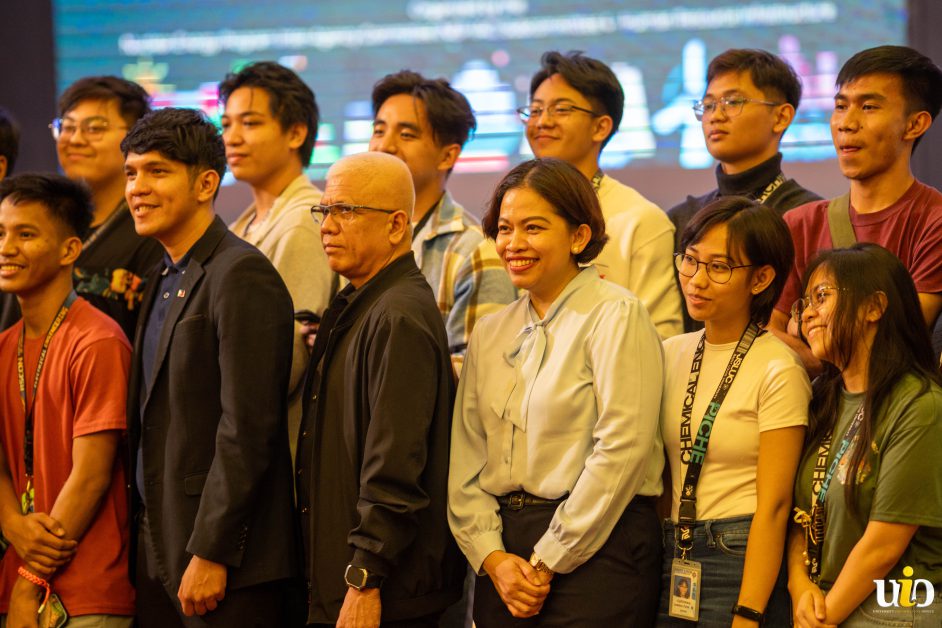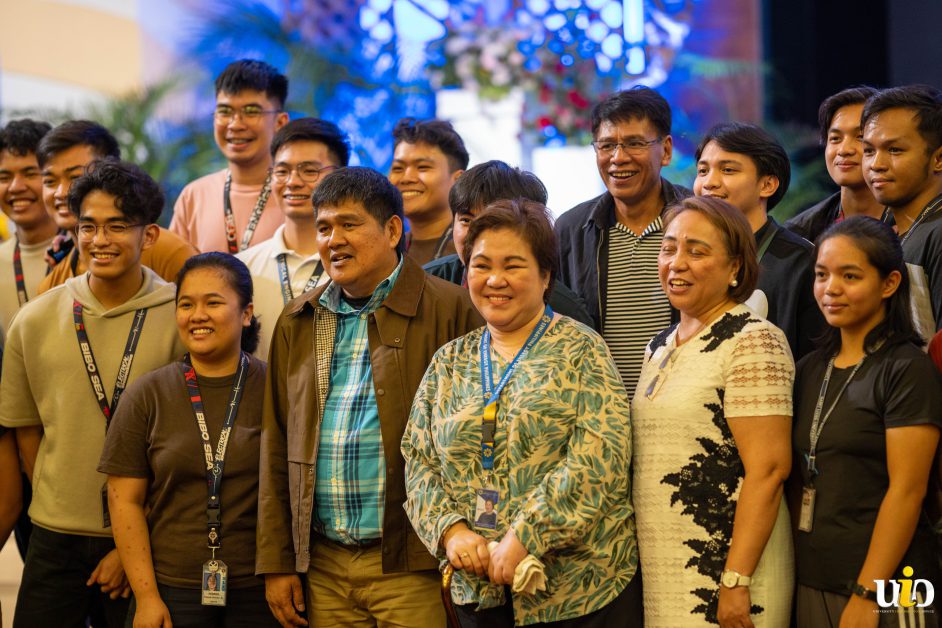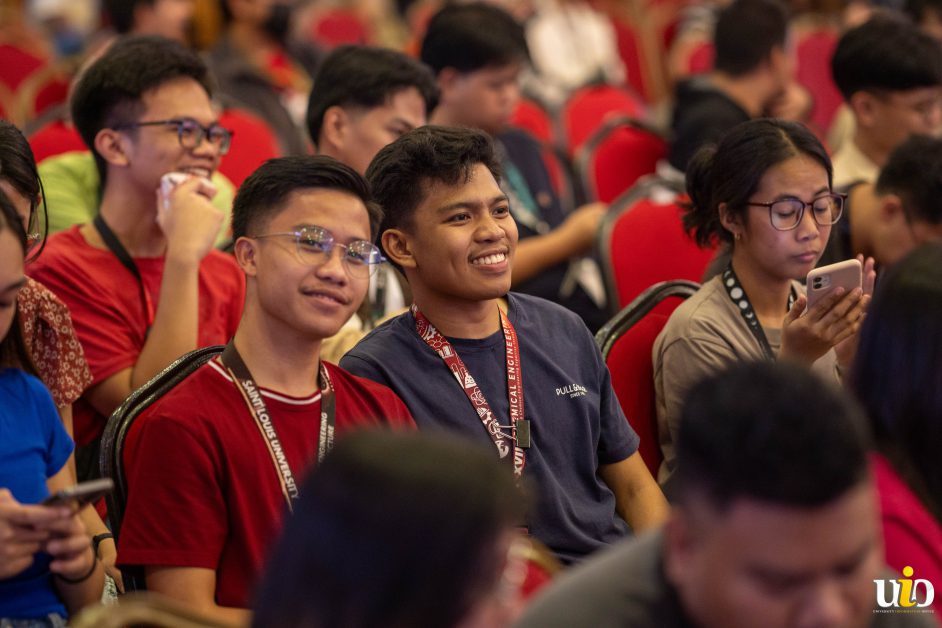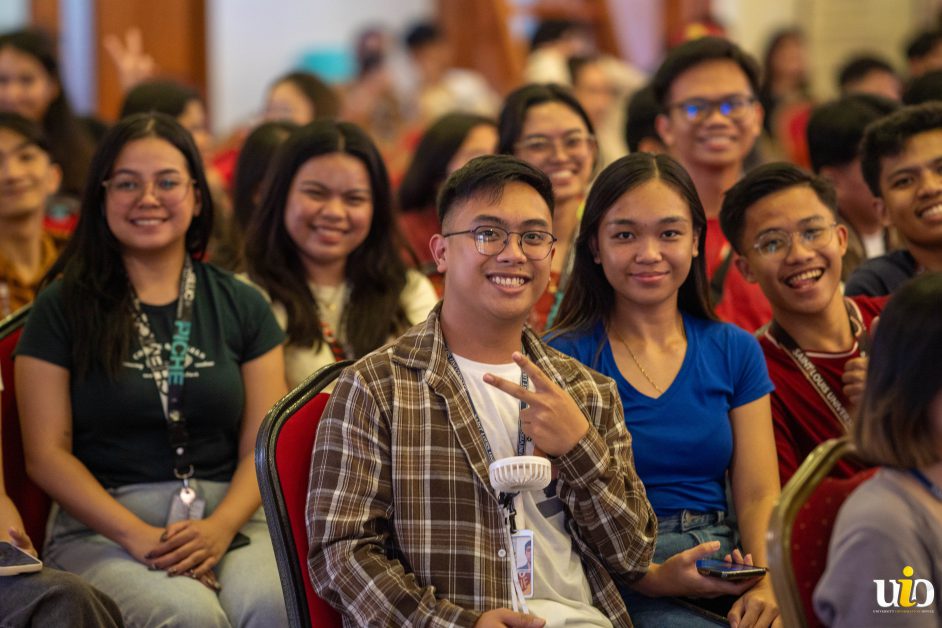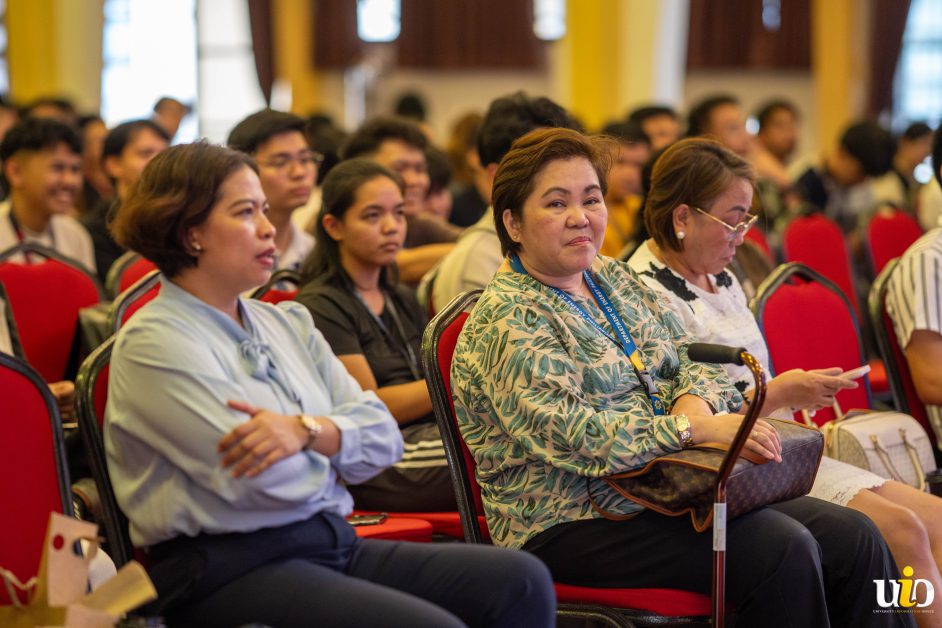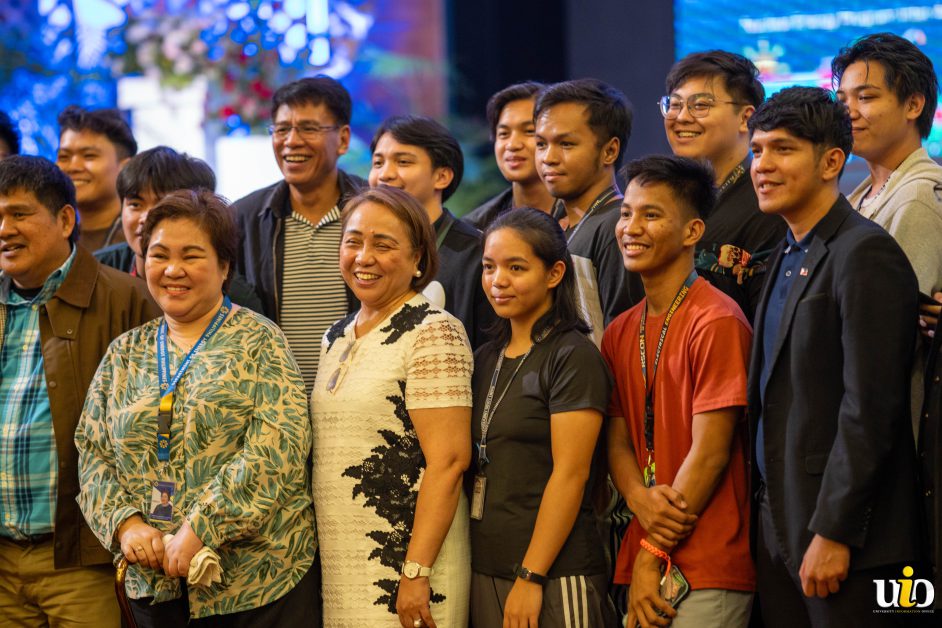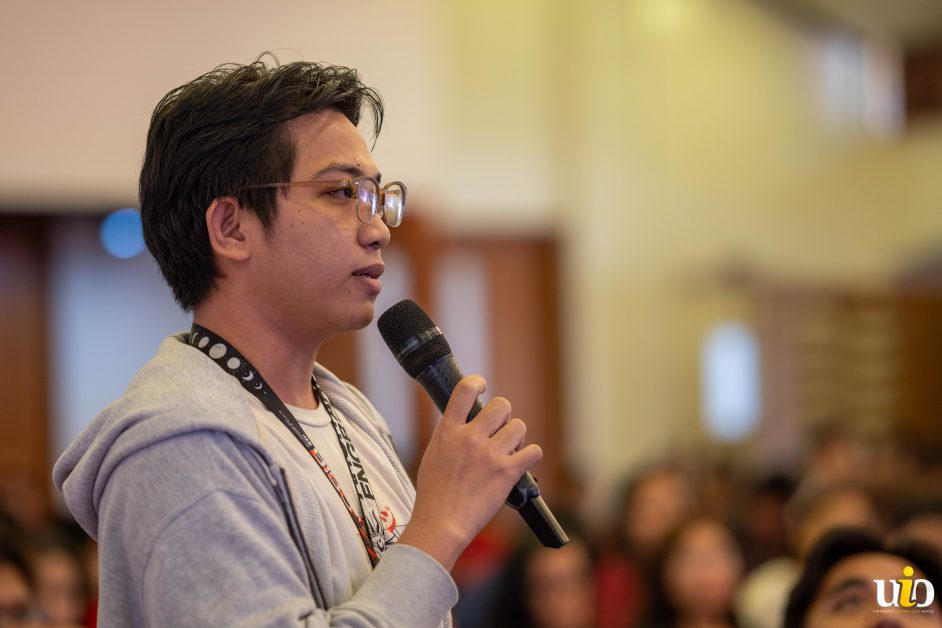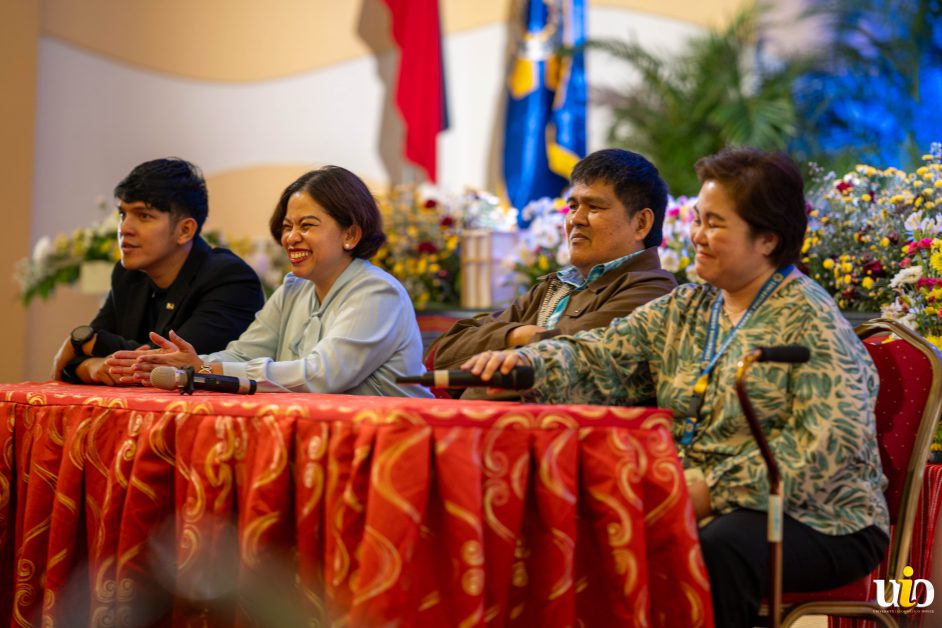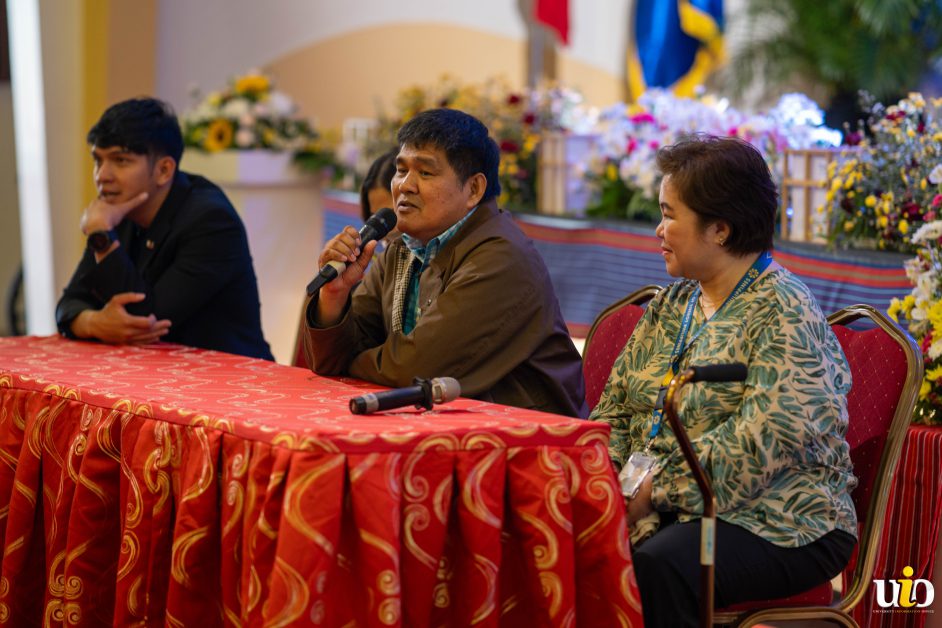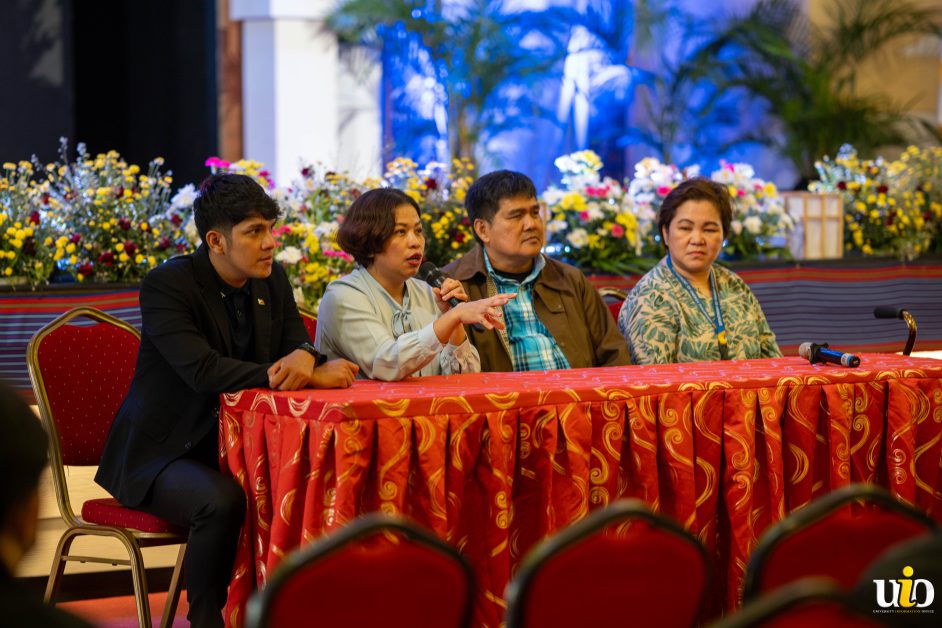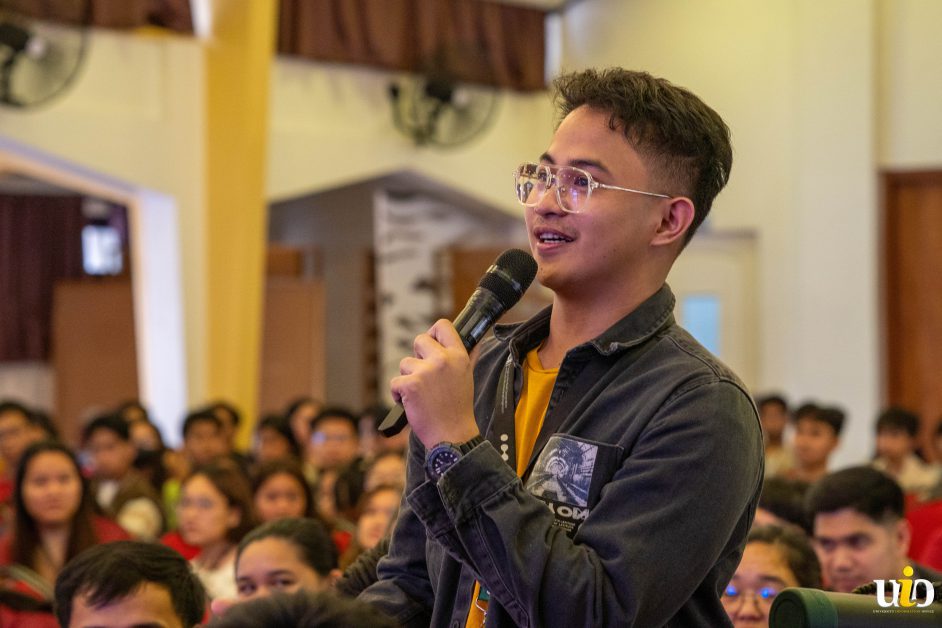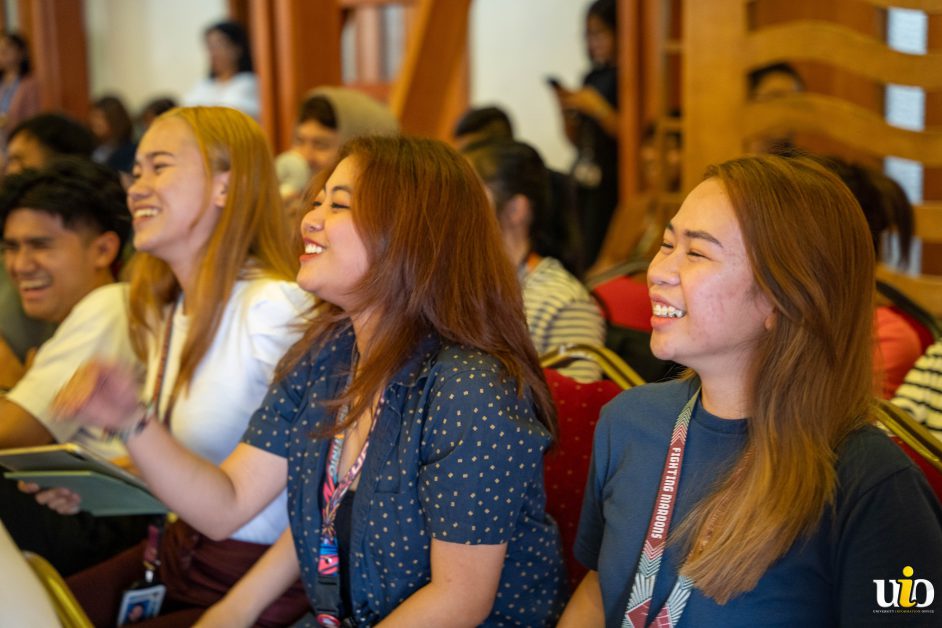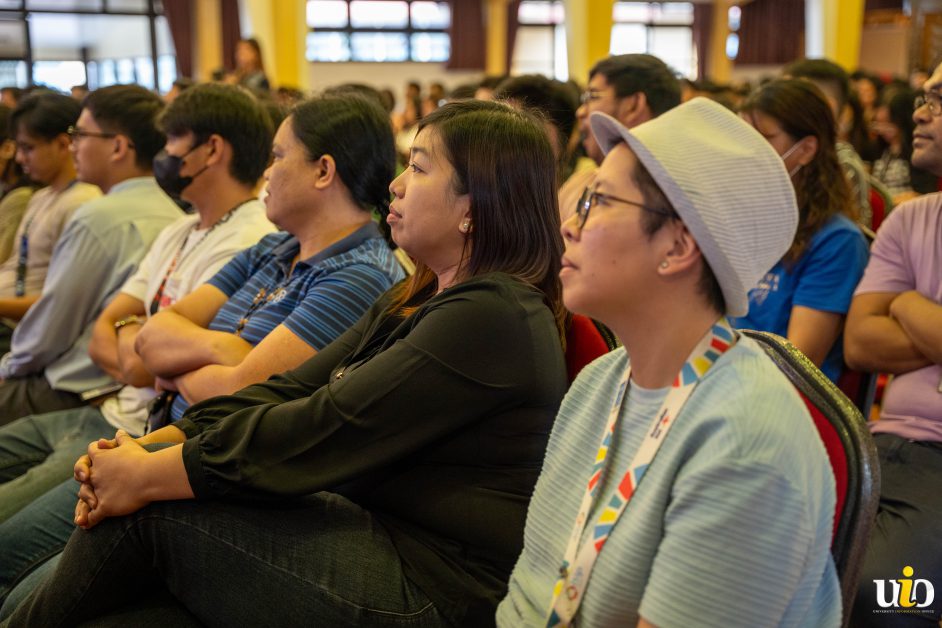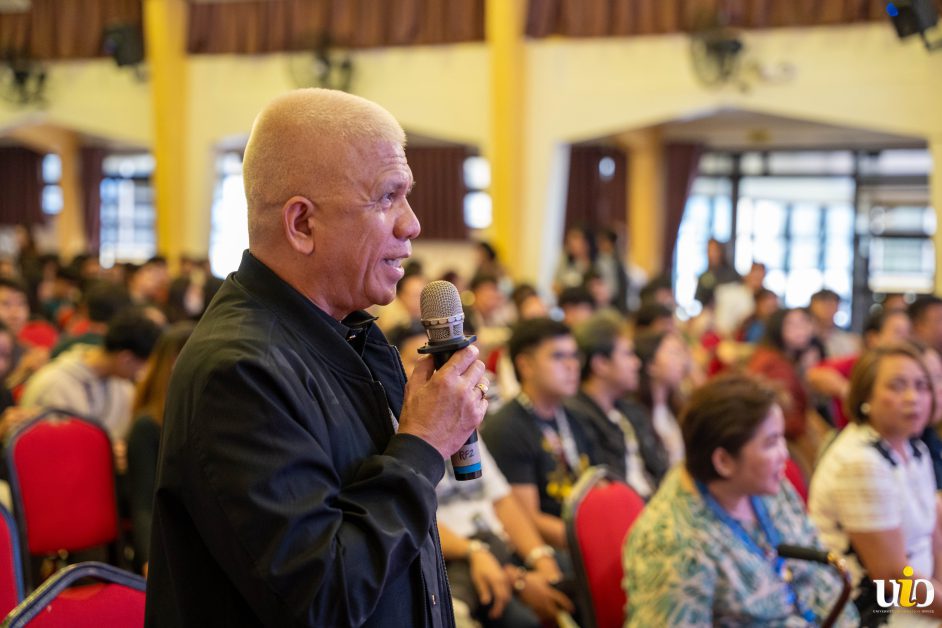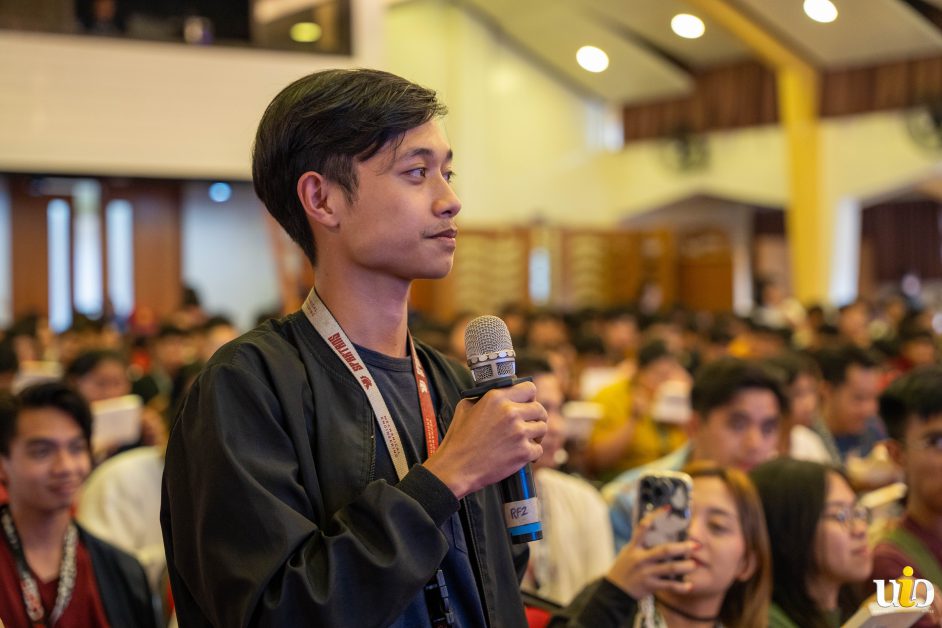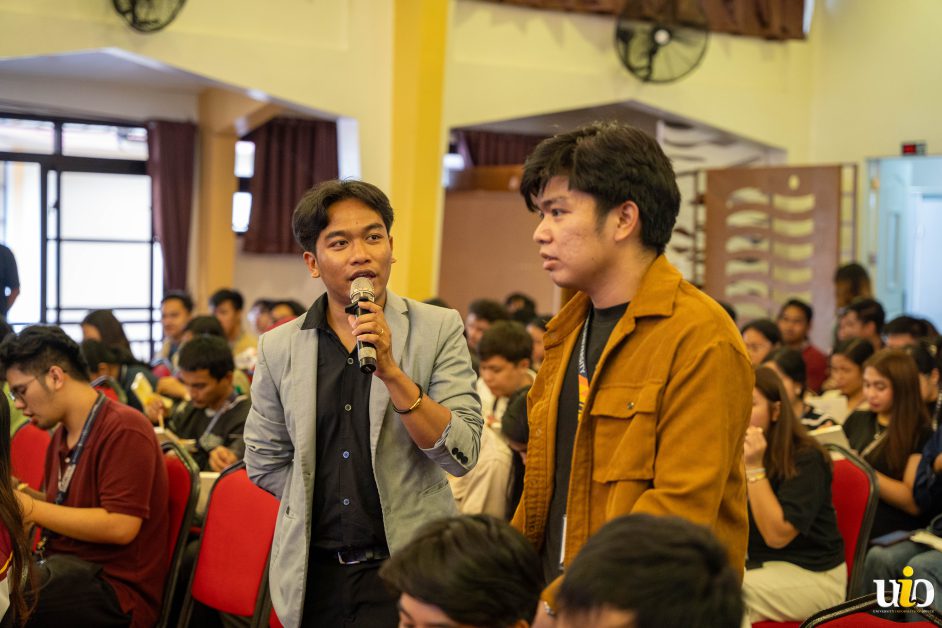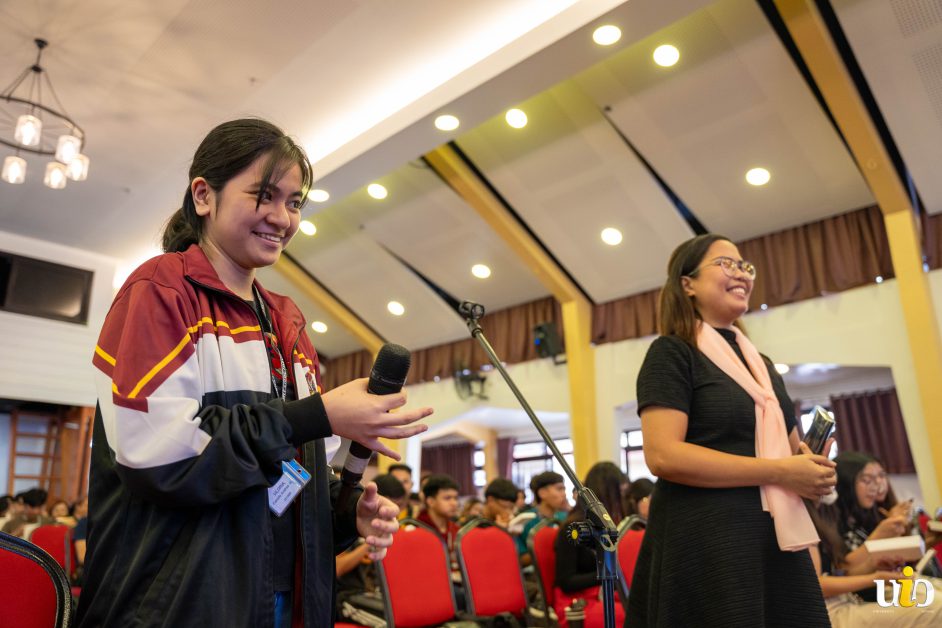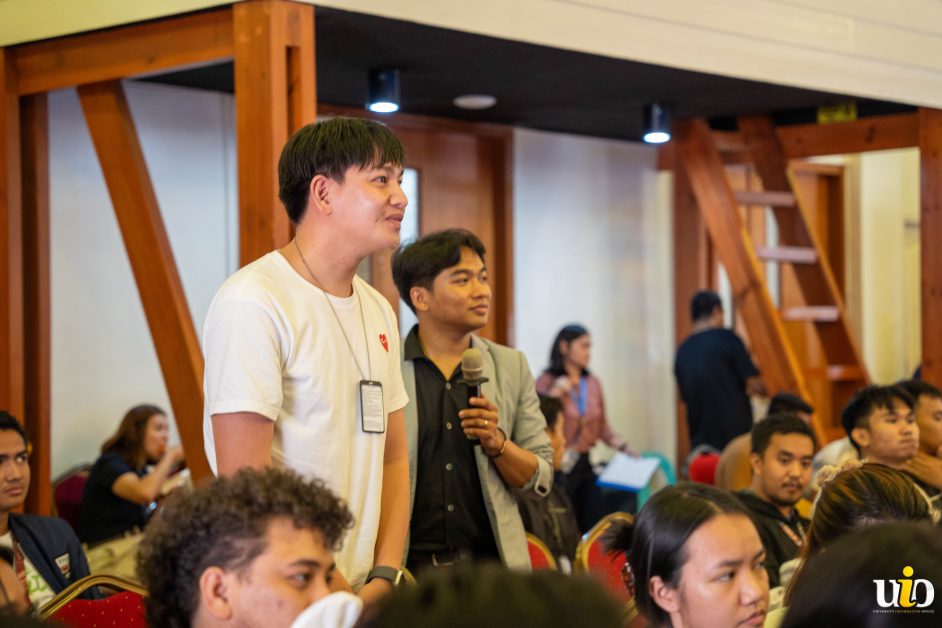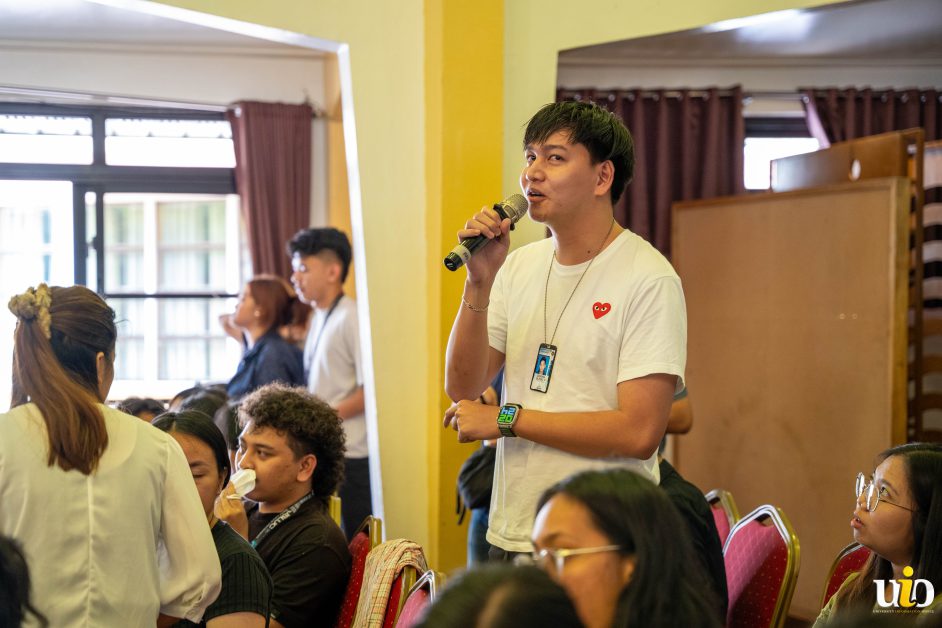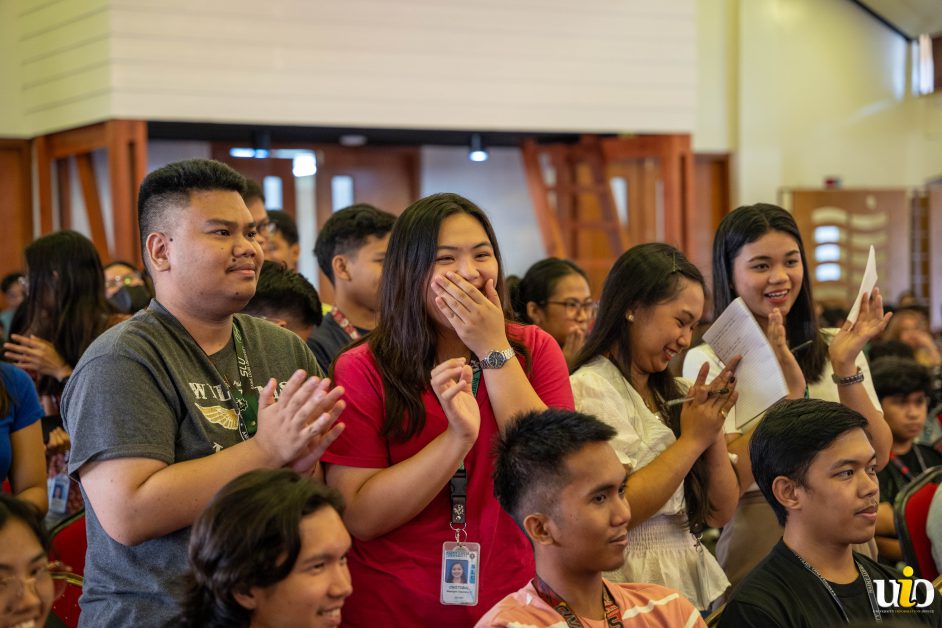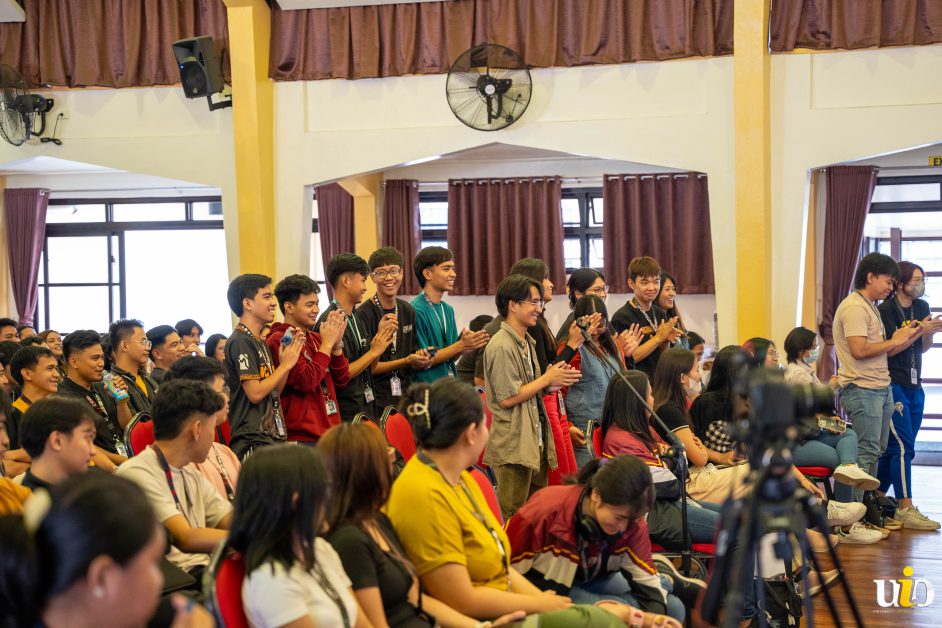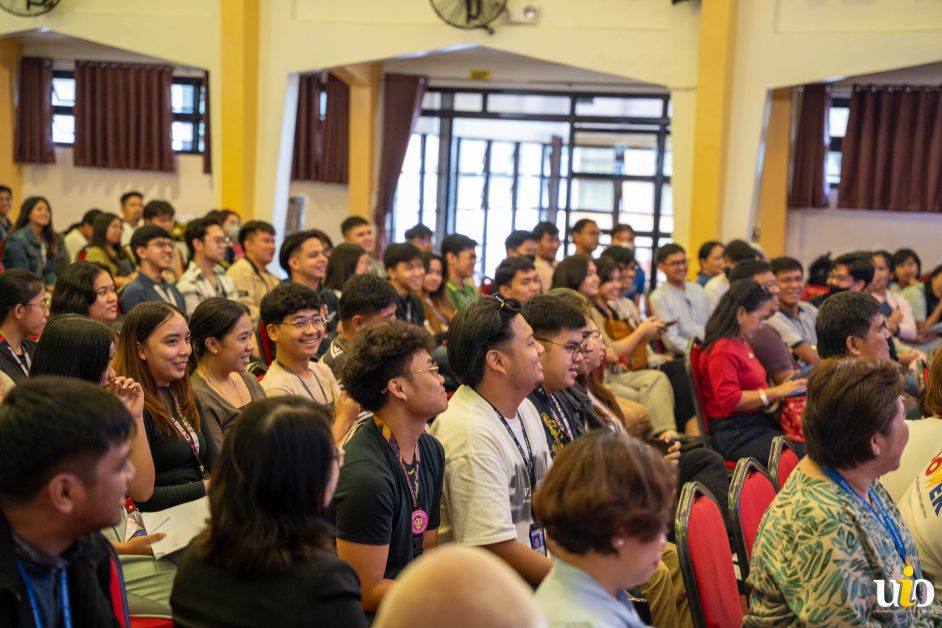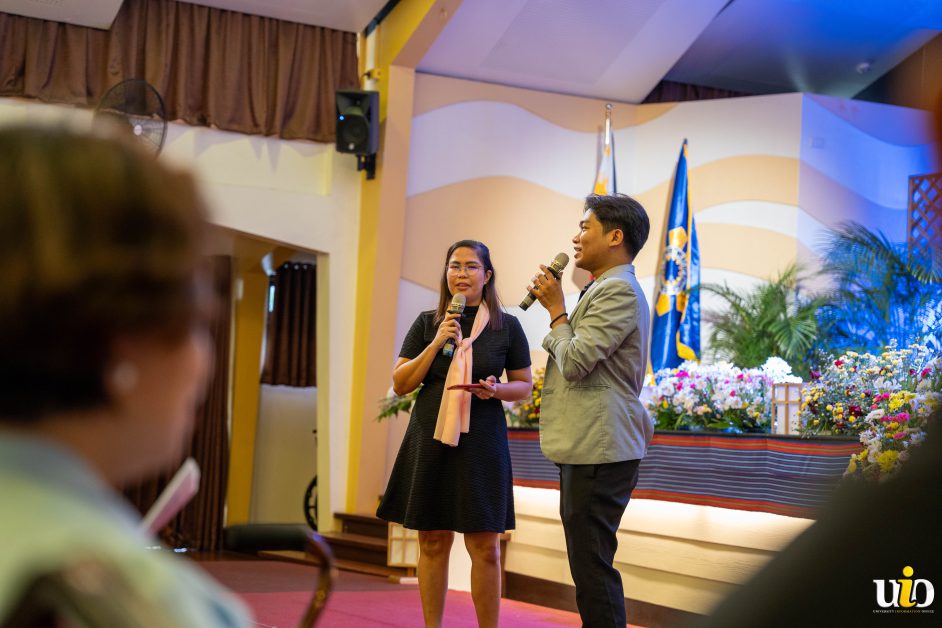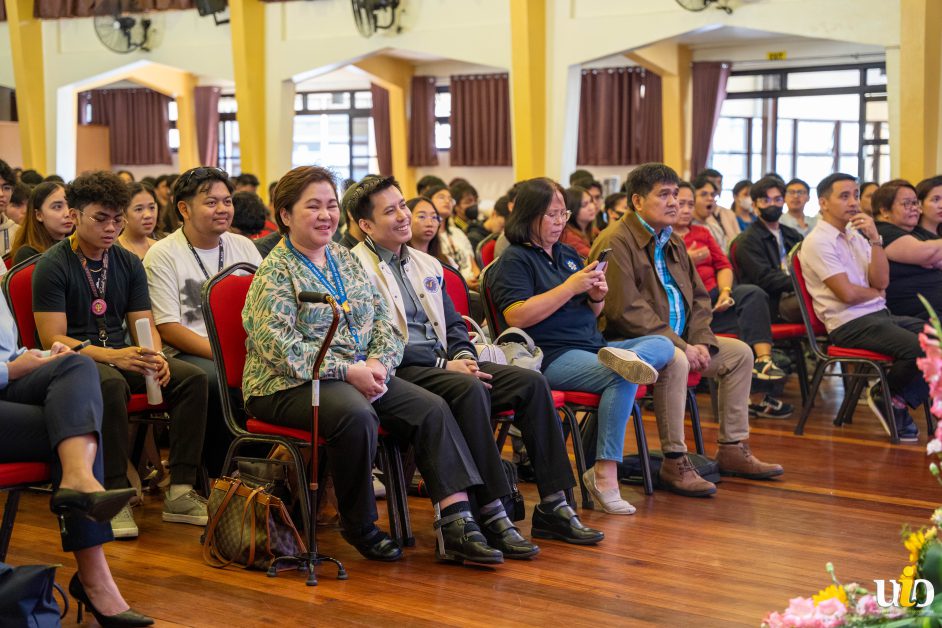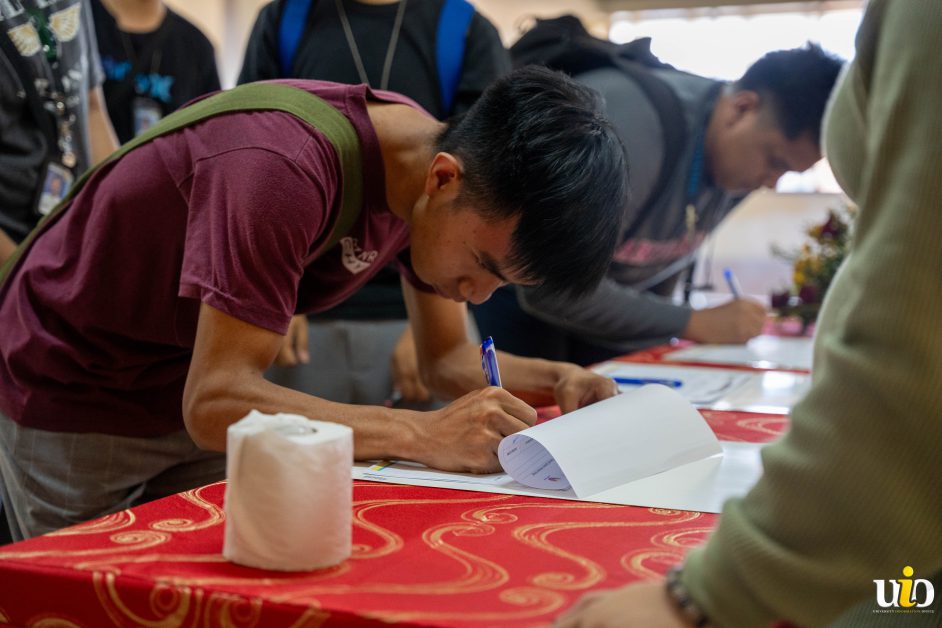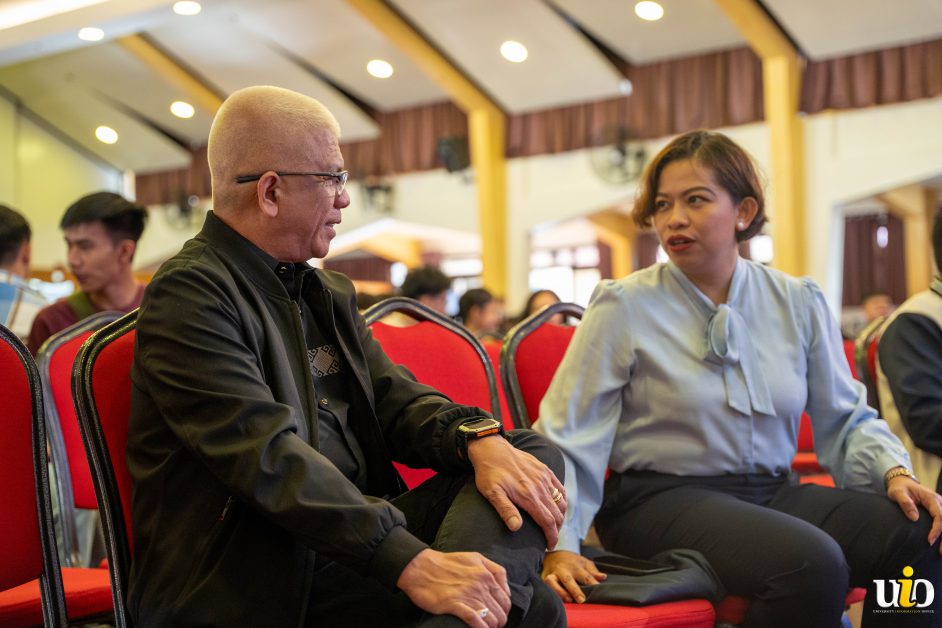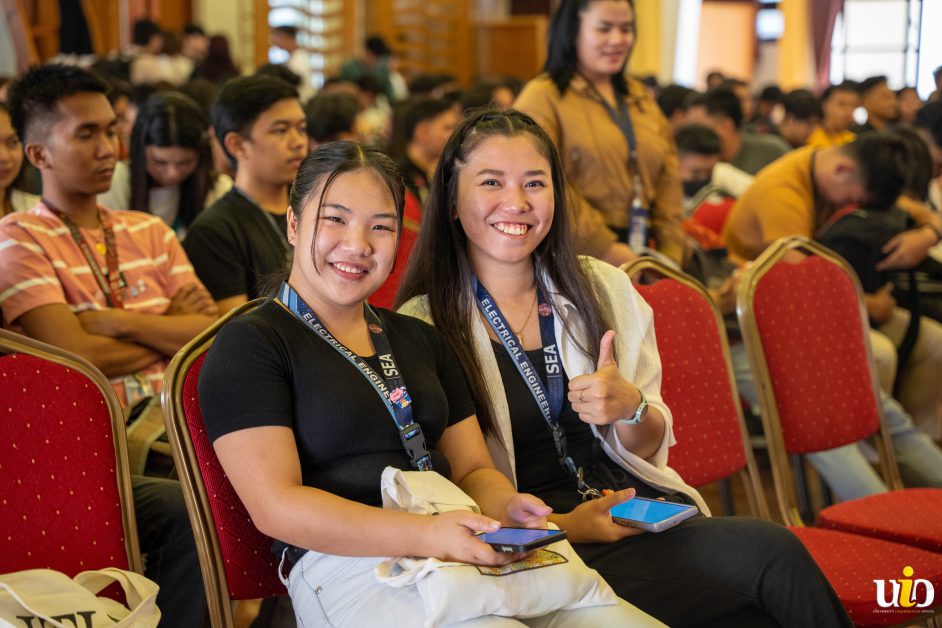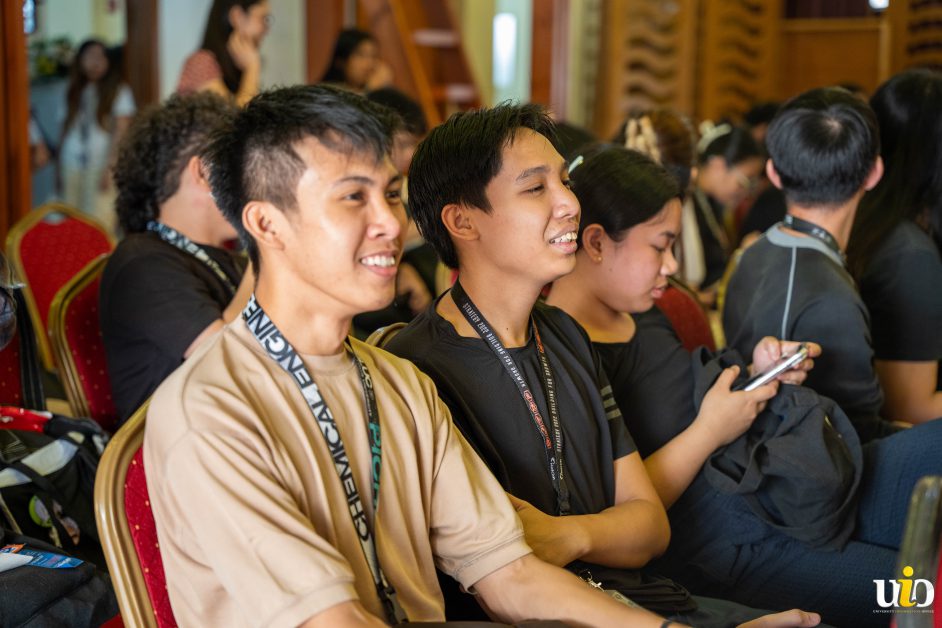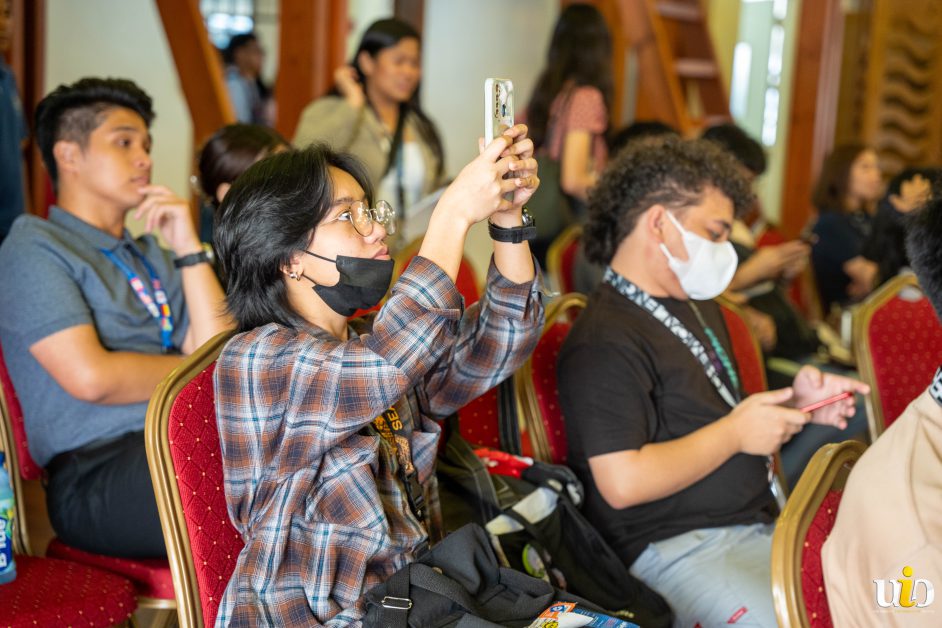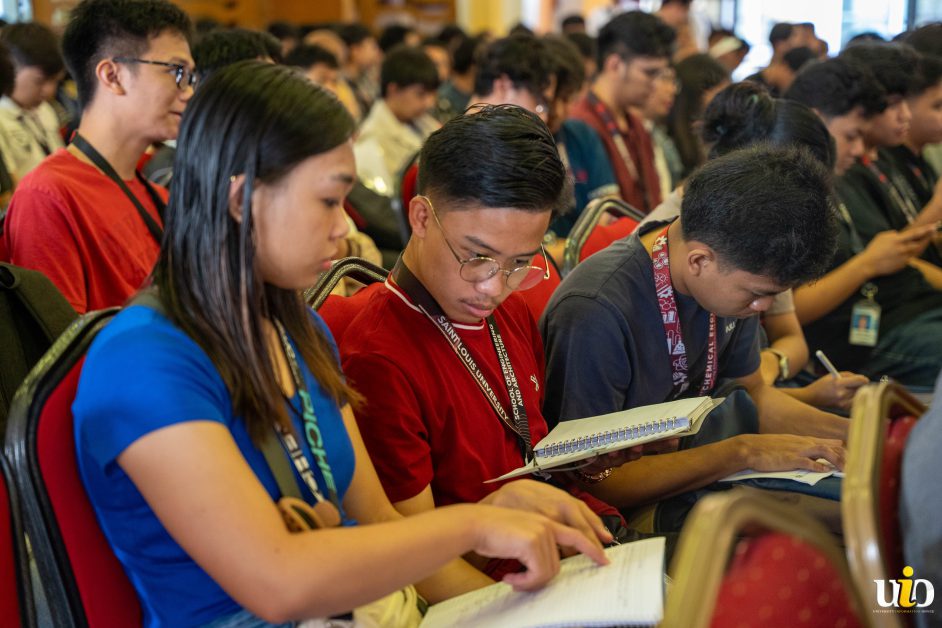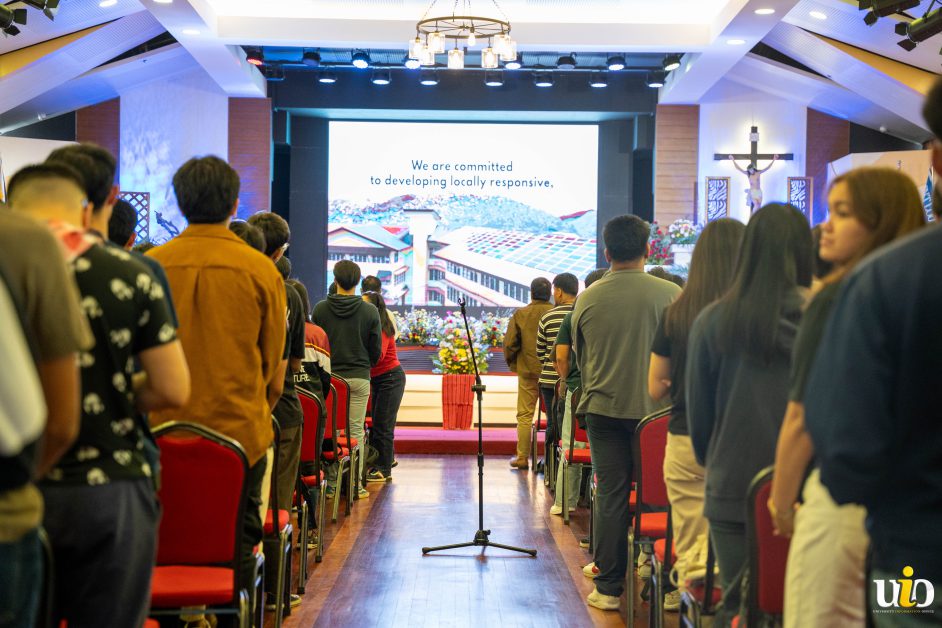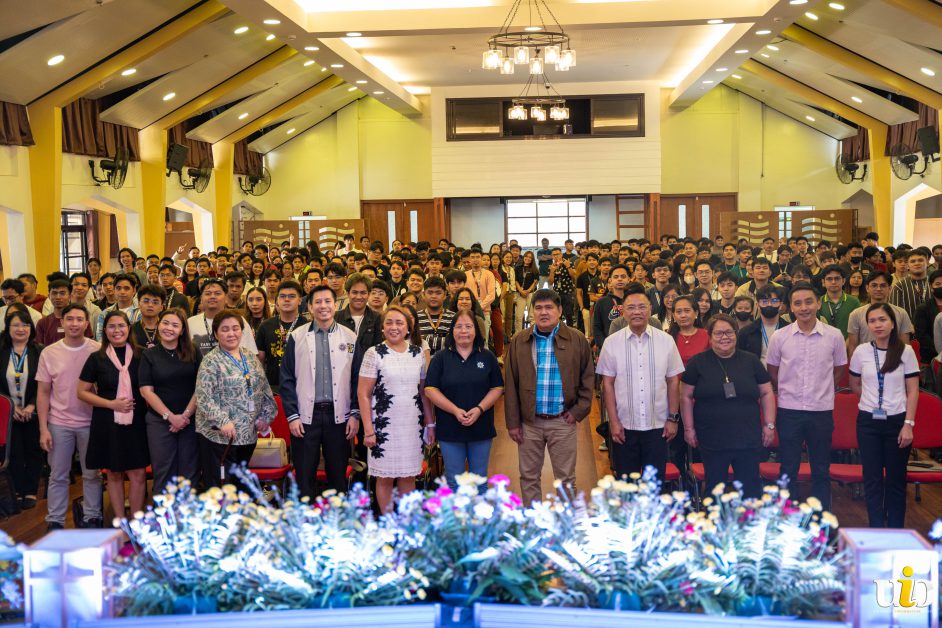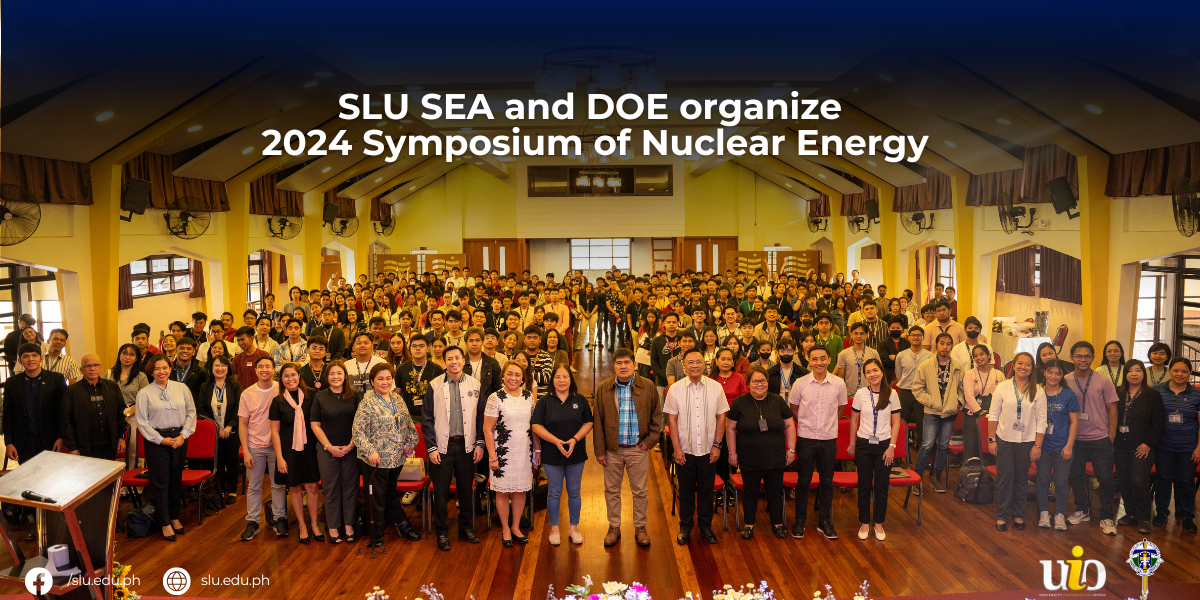To raise awareness on the Nuclear Industry in the Philippines, Saint Louis University’s (SLU) School of Architecture and Engineering, in partnership with the Nuclear Energy Program Inter-Agency Committee (NEP-AC) Subcommittee 4- Human Resource Infrastructure from the Department of Energy (DOE), hosted the Nuclear Energy Summit on 8 May 2024 at the Fr. Francis Gevers Hall, Diego Silang Building, SLU Main Campus.
With the theme, “Steering the Academe Towards Careers in Nuclear Industry,” SEA faculty and students from the architecture department, as well as the departments of electrical, civil, mechanical, electronics communication, chemical, and industrial engineering and architecture were invited to expand their knowledge on various options for their careers and fields of specialization with the help of DOE officials.
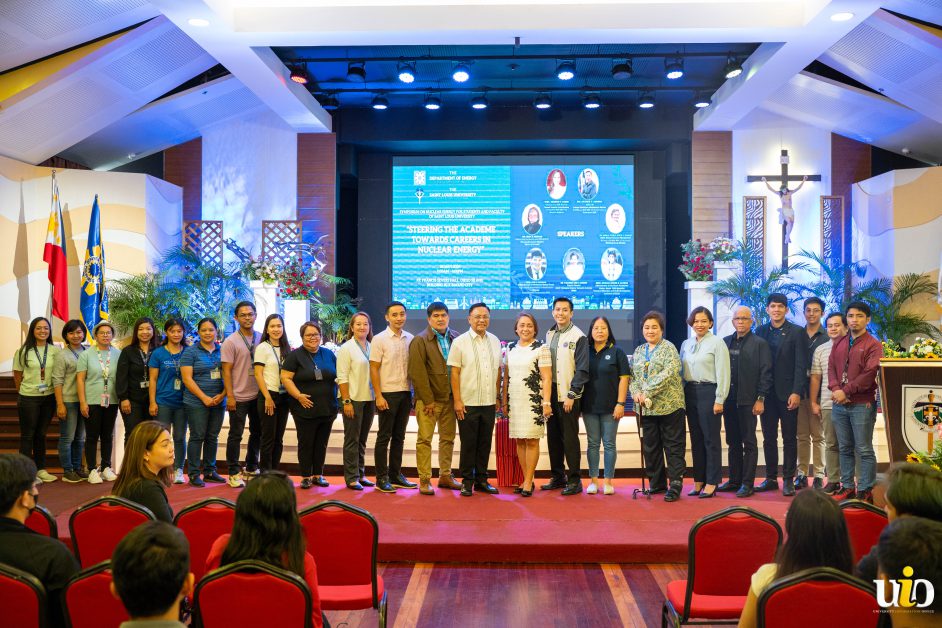
This event is in line with the Philippine Nuclear Energy Programme, in consonance with the International Atomic Energy Agency (IAEA) standards and International Framework for Nuclear Energy Cooperation (IFNEC) Conference, that is responsible for leading the collaborative efforts and initiatives concerning the research and development of nuclear energy in the Philippines.
Commencing the program, Rev. Fr. Gilbert B. Sales, CICM, University President, welcomed the students, faculty and guests in his remarks emphasizing the importance and benefits of nuclear energy to the country’s economy. “With the swelling oil prices day in and day out, we cannot overemphasize the need to consider other renewable sources of energy, as what France did. It is our ardent hope then that through this symposium, we will gain more information about the advantages and potential effects of nuclear energy to the economy while not sacrificing the safety and welfare of the people and sustainability of the environment,” Fr. Gilbert said.
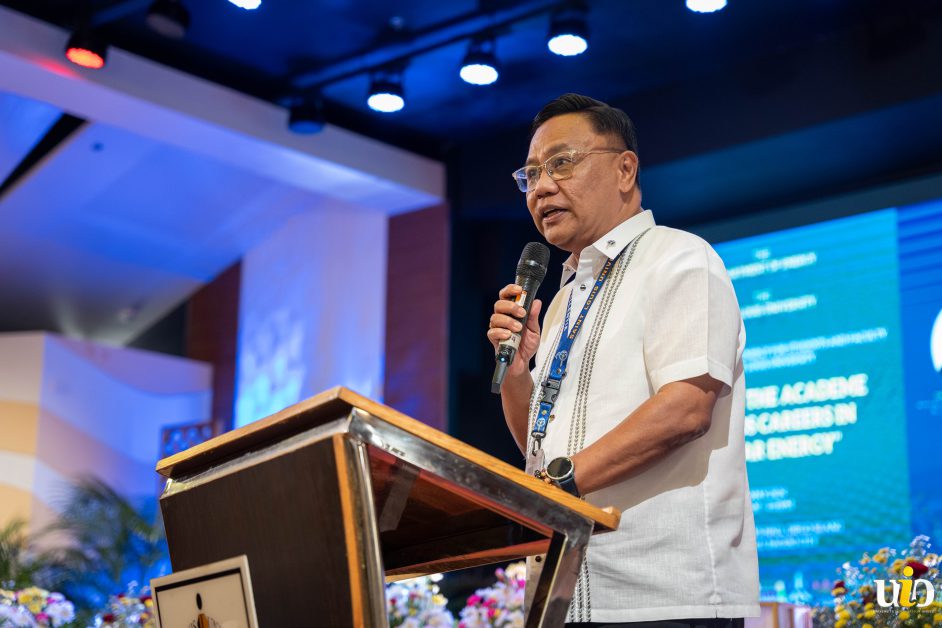
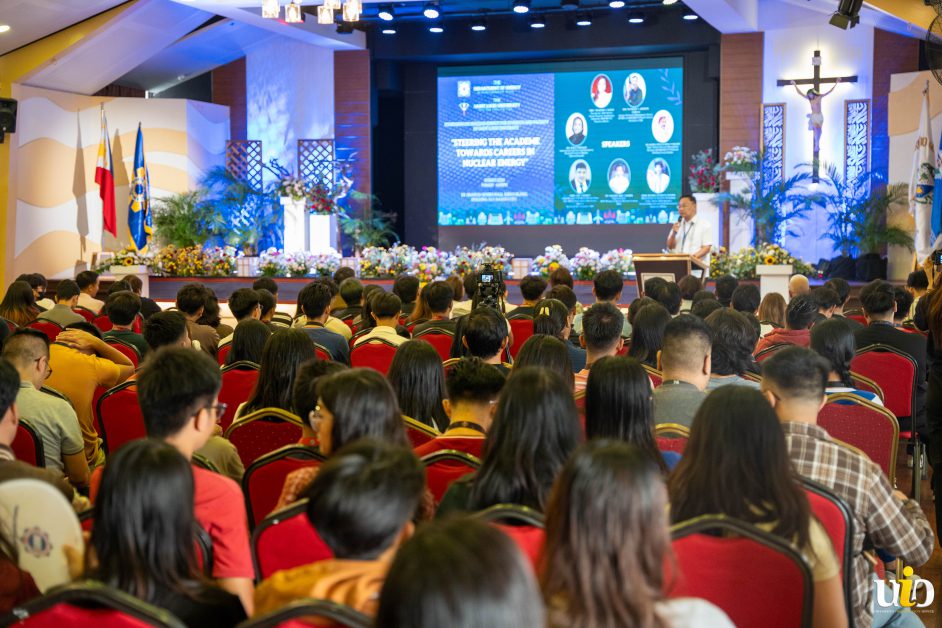
Dir. Elisa B. Morales, Director III of the Administrative Service and Nuclear Energy Program Coordinating Committee (NEP-CC) and Steering Committee Member of DOE, then followed with her opening message. “We hope that topics we have identified and included in this symposium will correct the wrong notions and misconceptions of nuclear energy and make us better understand the benefits and potentials of it,” she said.
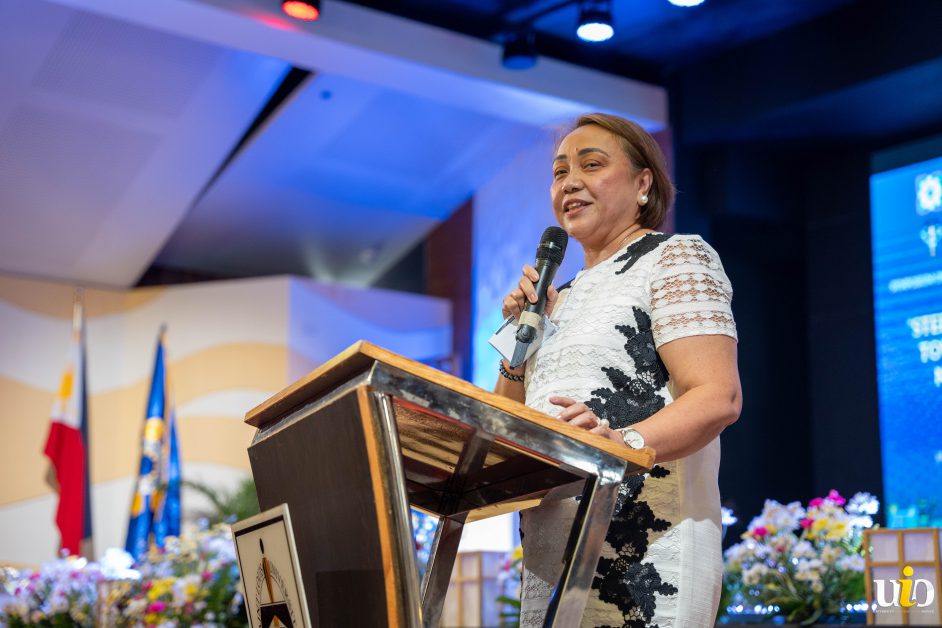
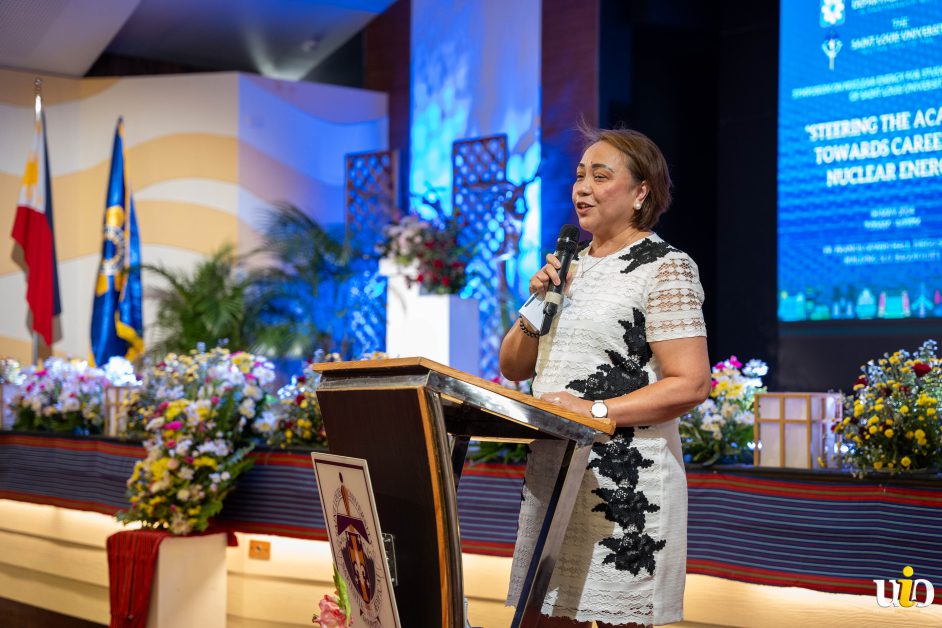
The keynote address was then given by Undersecretary Sharon S. Garin, Chairperson NEP-CC of DOE. She focused on the plans and projects of the Nuclear Energy Programme and how it will further develop and improve the country.
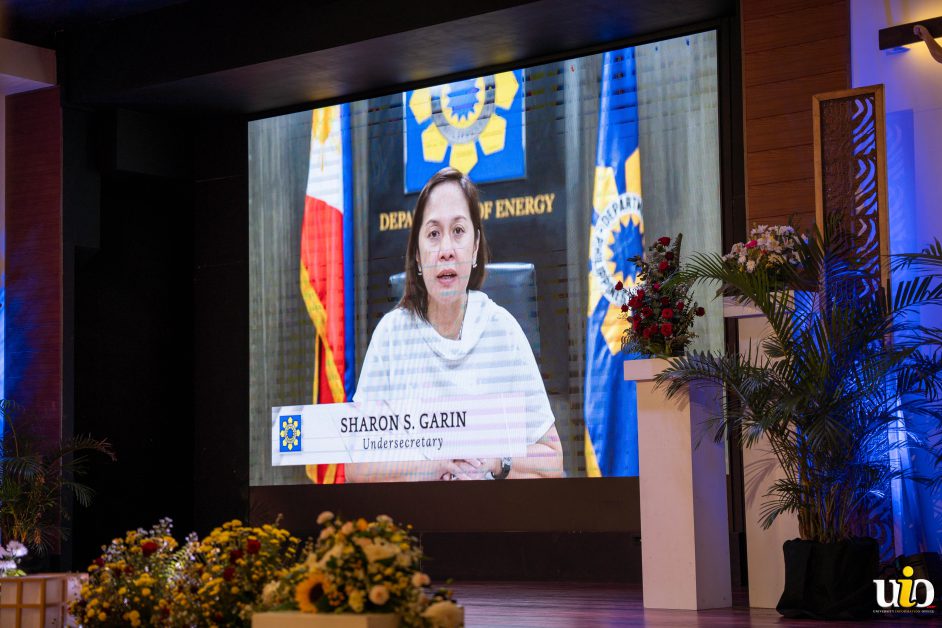
Dir. Patrick T. Aquino, CESO III, Director of the Energy Utilization Management Bureau and NEP-CC Head Technical Secretariat of DOE, began the series of talks through his discussion titled, “Sources of Energy: Nuclear Energy and how it fares in the whole energy mix.” Dir. Aquino discussed the possible benefits of shifting from the primary sources of energy and plans of the Nuclear Power Programme. He also presented the 19 infrastructures issues that were presented in the Philippine Energy Plan (PEP) 2023-2050, which serves as a blueprint for the country’s energy sector.
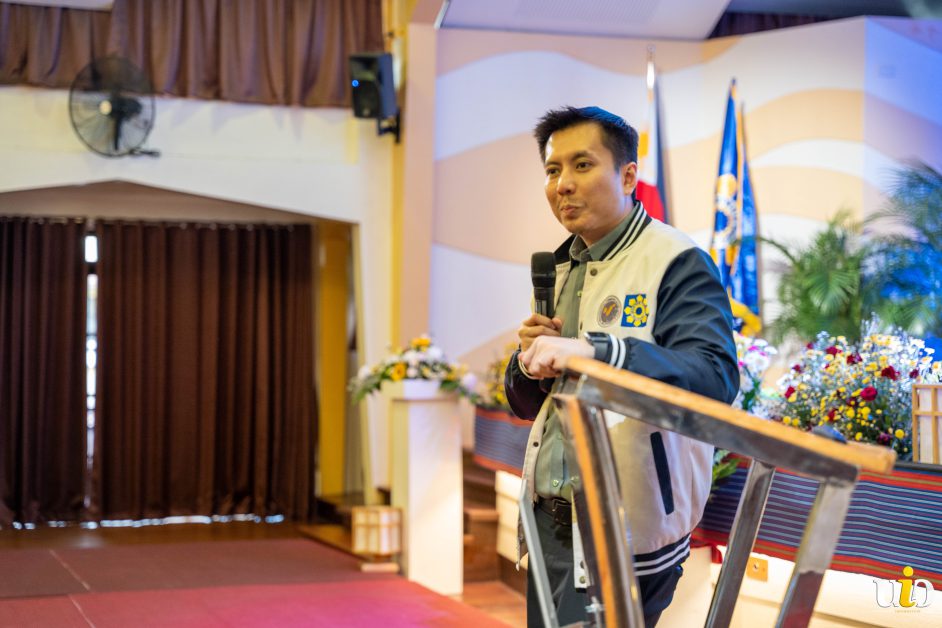
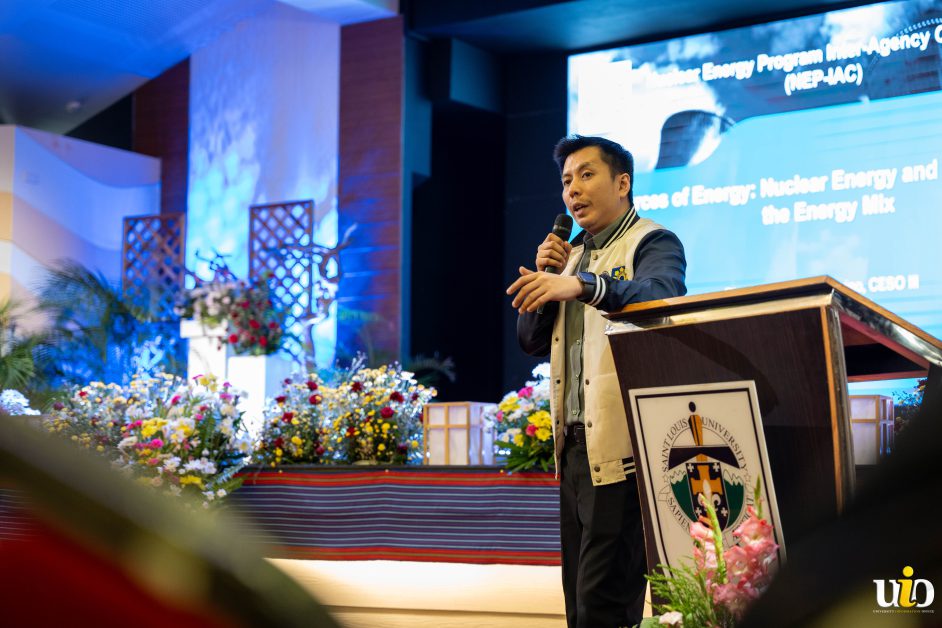
Ms. Maria Cecilia Sofia A. Baldos, Chief of Human Resource Management Division and NEP-CC Technical Working Group of DOE, then followed on her discussion on the Overview of Nuclear Energy Program and of the Human Resource Infrastructure. Ms. Baldos’ talk covers international perspectives on Nuclear energy, including the potential career paths and the resource requirements that the students can consider after they graduate. In pursuing the highest standard of nuclear safety the HR has set up requirements and factors to keep NPP workers safe. Ms. Baldos then encouraged upcoming 4th years to consider for their On-the-job-training (OJT).
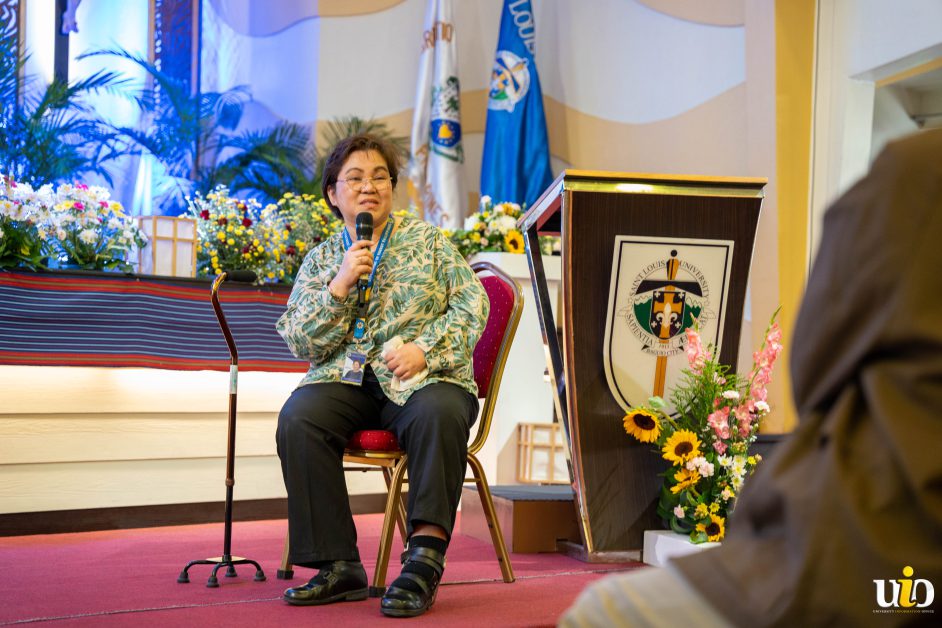
The third speaker, Engr. Michael Edione N. Gayona, Administrator of the Green Technology Center, Senior Technical Education and Skills Development Authority (TESDA) Specialist then discussed his topic, “The Role of TESDA in Upskilling/Reskilling Workers.” Engr. Gayona stressed that upskilling and re-skilling would be beneficial to students as it would prepare them for technological and environmental shifts. TESDA focuses on developing skills and competence of the workers through actual work experience, that they would meet industry demands of the Nuclear Industry.
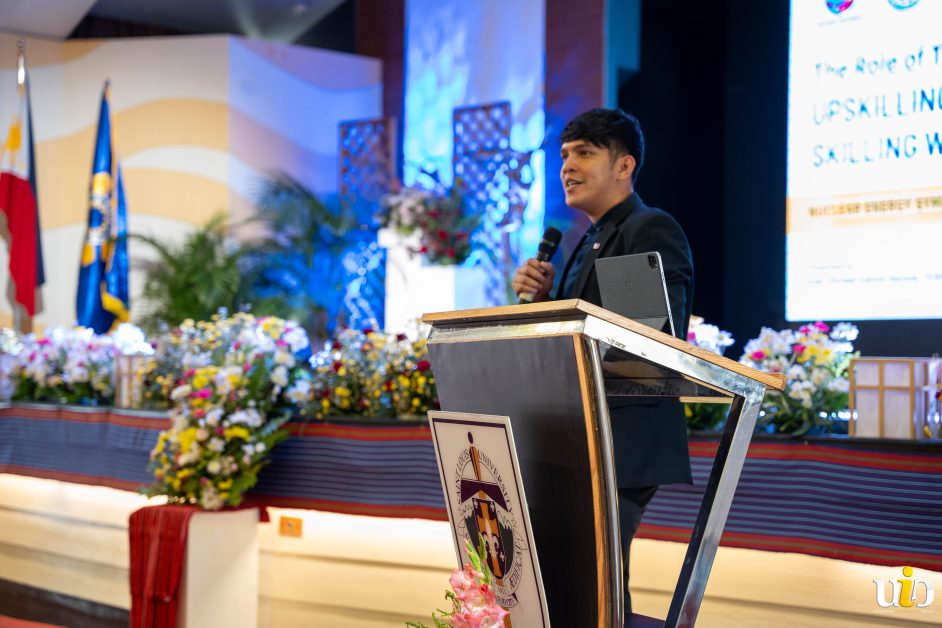
In the afternoon, Engr. Jose G. Manalo, Principal Engineer A Bataan Nuclear Power Plant (BNPP) Preservation & Maintenance Division National Power Corporation (NPC), gave his talk on “The National Power Corporation and the Bataan Nuclear Power Plant (BNPP) Experience.” In his talk he covered the history of the ups and downs of the Bataan Nuclear Power Plant (BNPP), the first NPP in Southeast Asia, along with an overview of its facilities and equipment they utilize. As he emphasized the numerous contributions of nuclear energy to the technological advancement of the country, he informed the audience of its hopeful reopening.
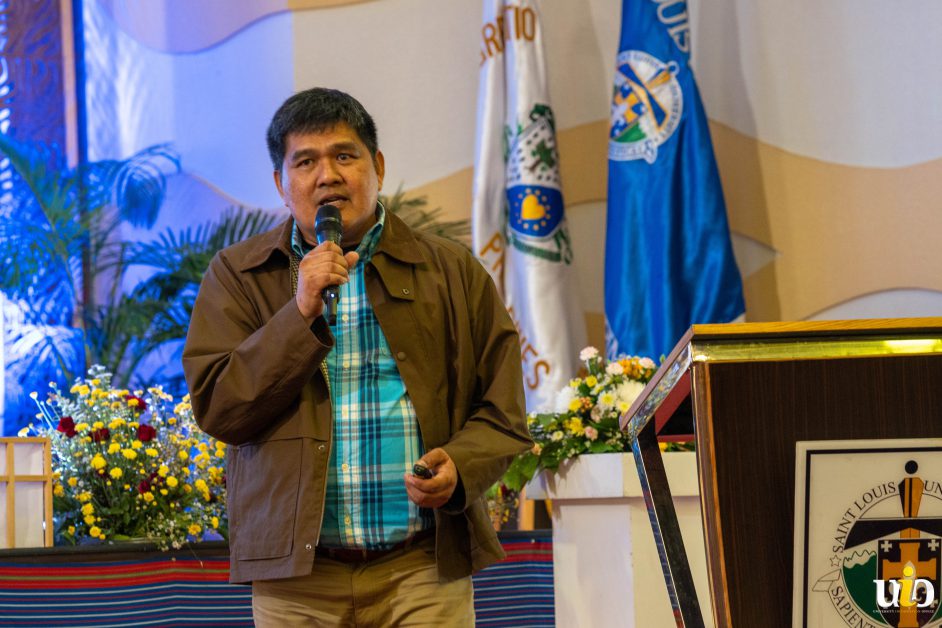
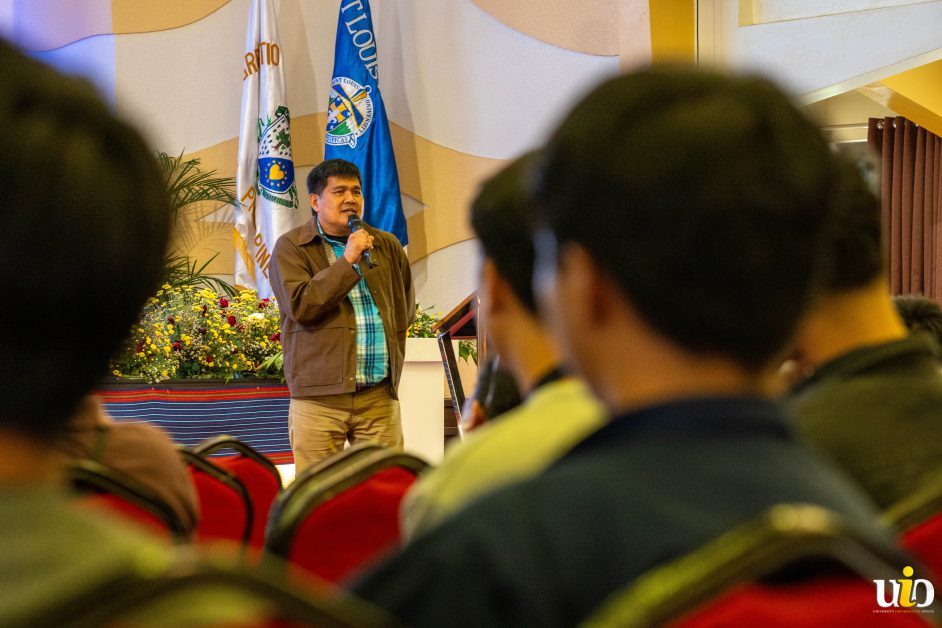
Addressing the misconceptions on nuclear energy, Dr. Vallerie Ann I. Samson, Deputy Director of the Department of Science and Technology (DOST)- Philippine Nuclear Research Institute (PNRI), discussed “Breaking the Myths– the truth about Nuclear Science and Technology.” In Dr. Samson’s engaging talk she discussed the importance of power plants and reactors further along with how they work. Dr. Samson also provided another option for the 3rd year SEA students to join the first reactor training facility in the Philippines, Philippine Nuclear Research Institute (PNRI), for their OJT.
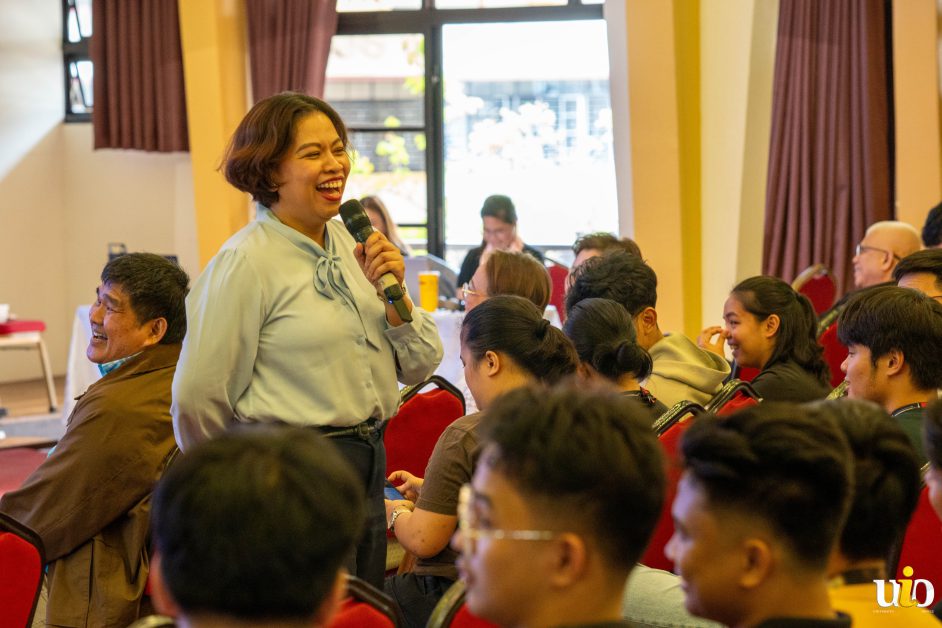
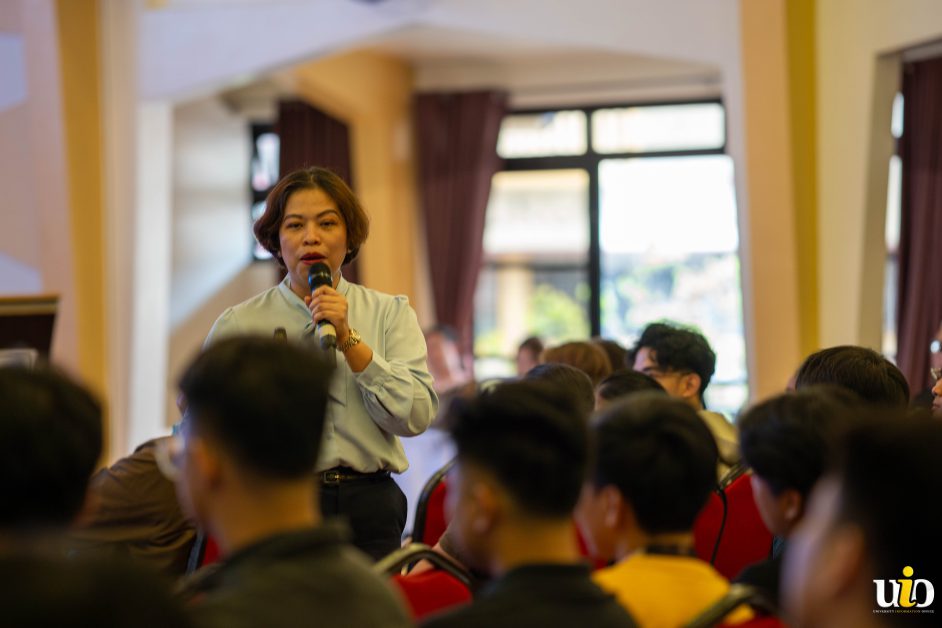
After the series of talks, the audience joined the open forum and was followed by the closing remarks by Engr. Jeffrey Des B. Binwag, SEA Dean, and Dir. Ricardo B. Dela Cruz, Director of the Luzon Field-DOE. “To our students, hopefully you have imbibed in you the notion that nuclear energy is a safe, sustainable, and green alternative for our energy that will sustain us towards the future,” Engr. Binwag remarked.
“Equipped with intellectual rights and coupled with unwavering commitment, we can uncover and debunk the myths of nuclear energy. The government can not do it alone, we need you, our stakeholders, to join us in breaking barriers and illuminating that nuclear energy as a fuel.” Dir. Dela Cruz said.
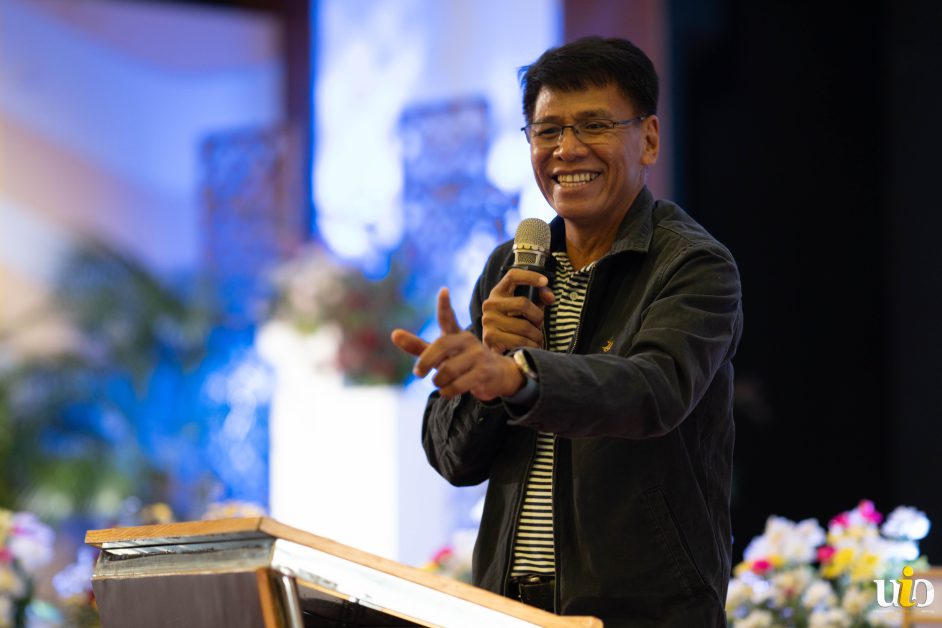
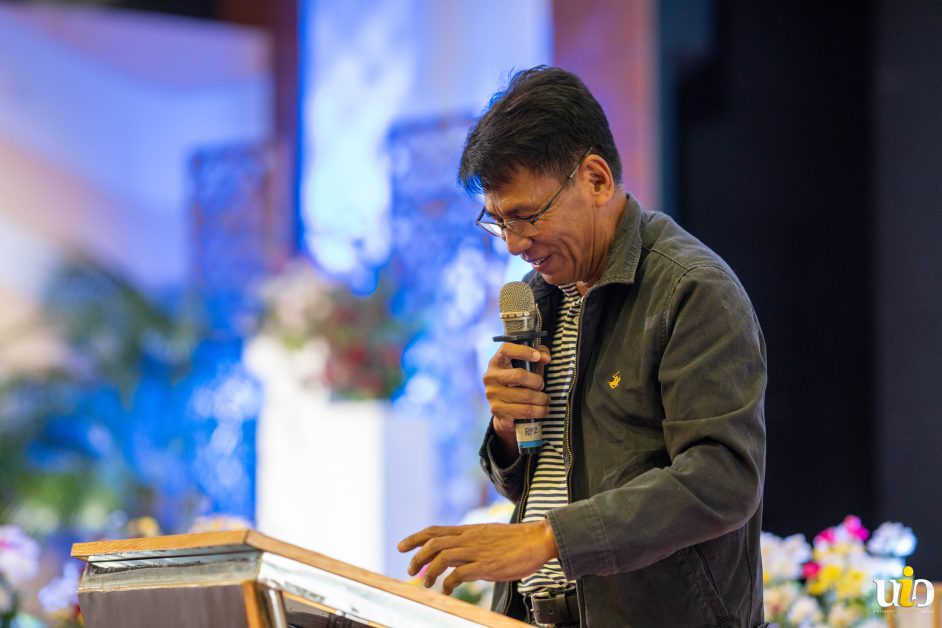
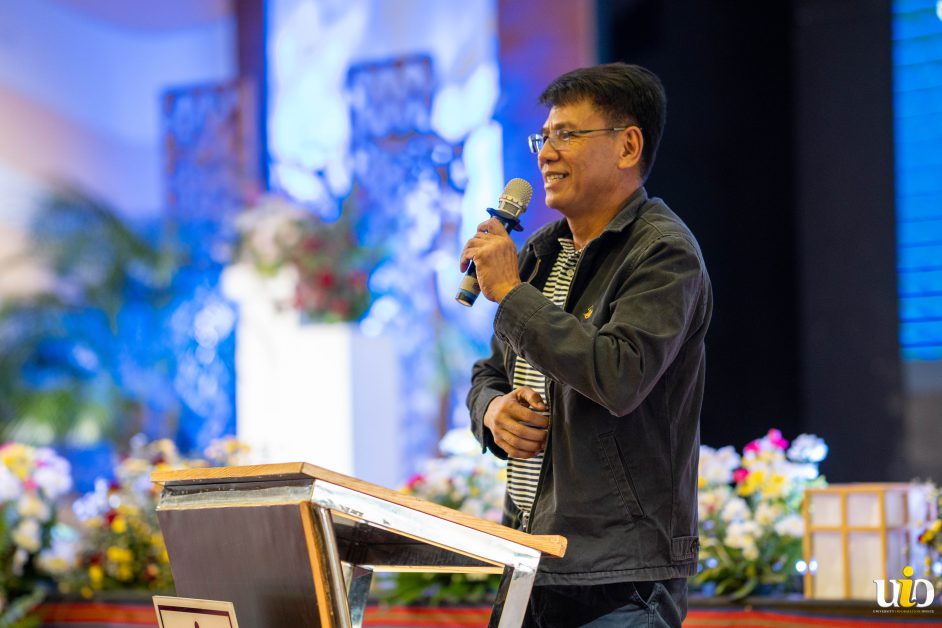
To put a close to the event, a certificate of appreciation fromUndersecretary Garin was given to Engr. Binwag and the SLU SEA faculty representing SLU as the host institution.
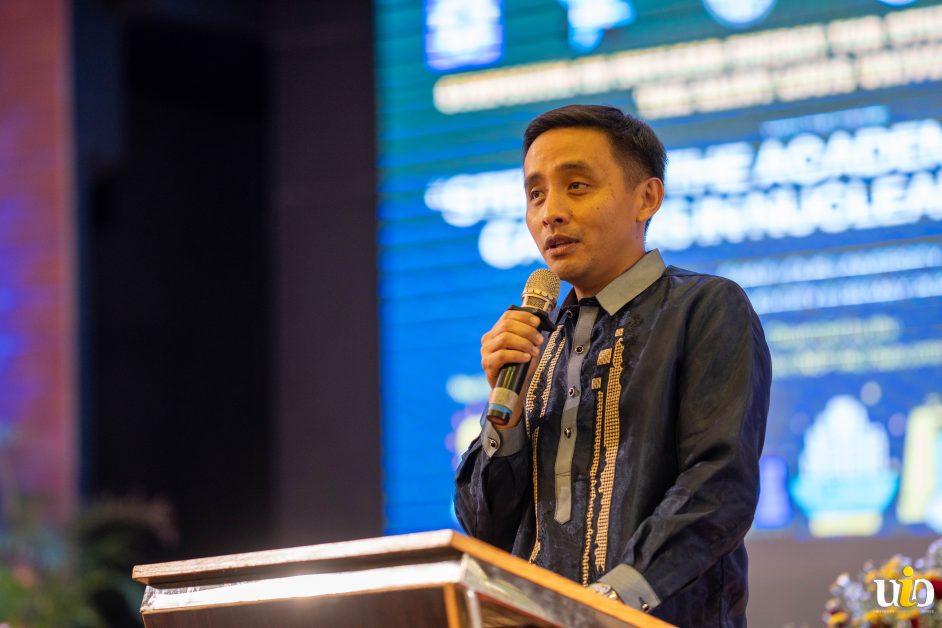
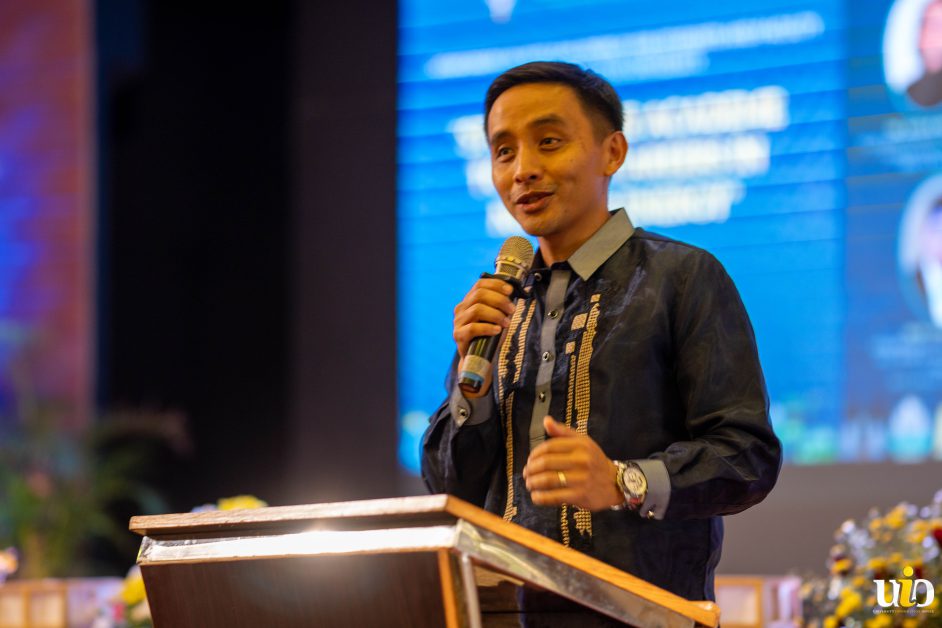
By increasing the awareness and broadening the perspectives of the students on the Nuclear Industry, the symposium strengthened SLU’s advocacies on Justice and Integrity of Creation and United Nations Sustainable Development Goals 11(Sustainable Cities and Communities), 13 (Climate Action), and 17 (Partnerships for the Goals). (Article by Sarah Navalta, UIO Intern | Photos by EJ Doña, UIO Intern)
